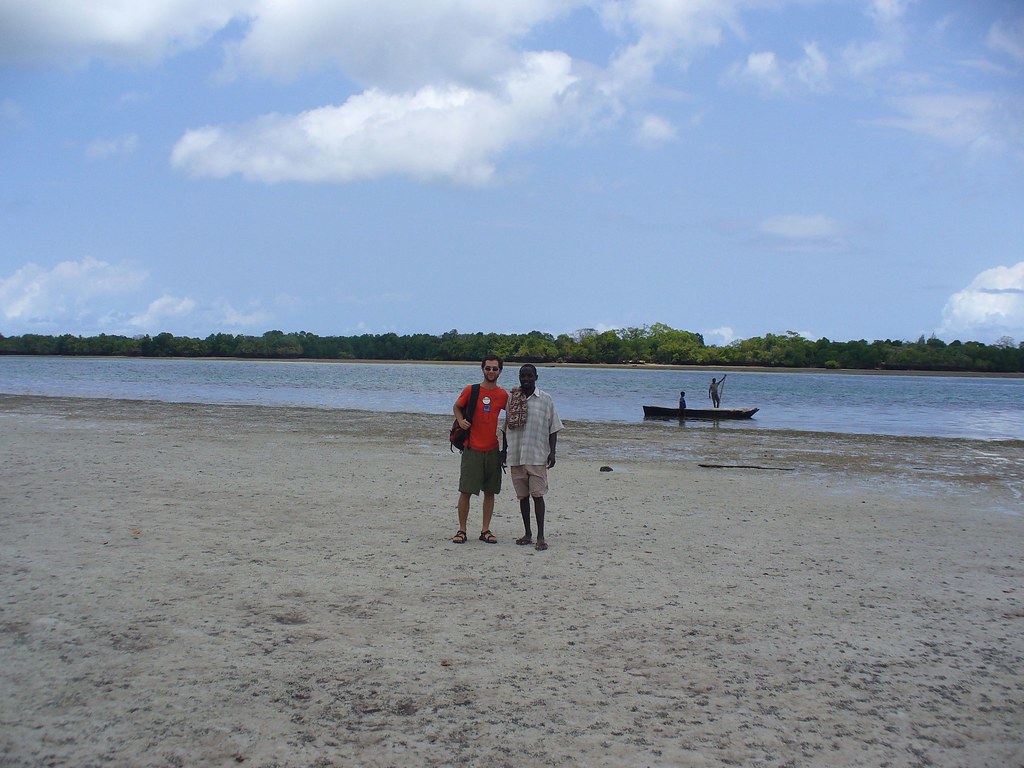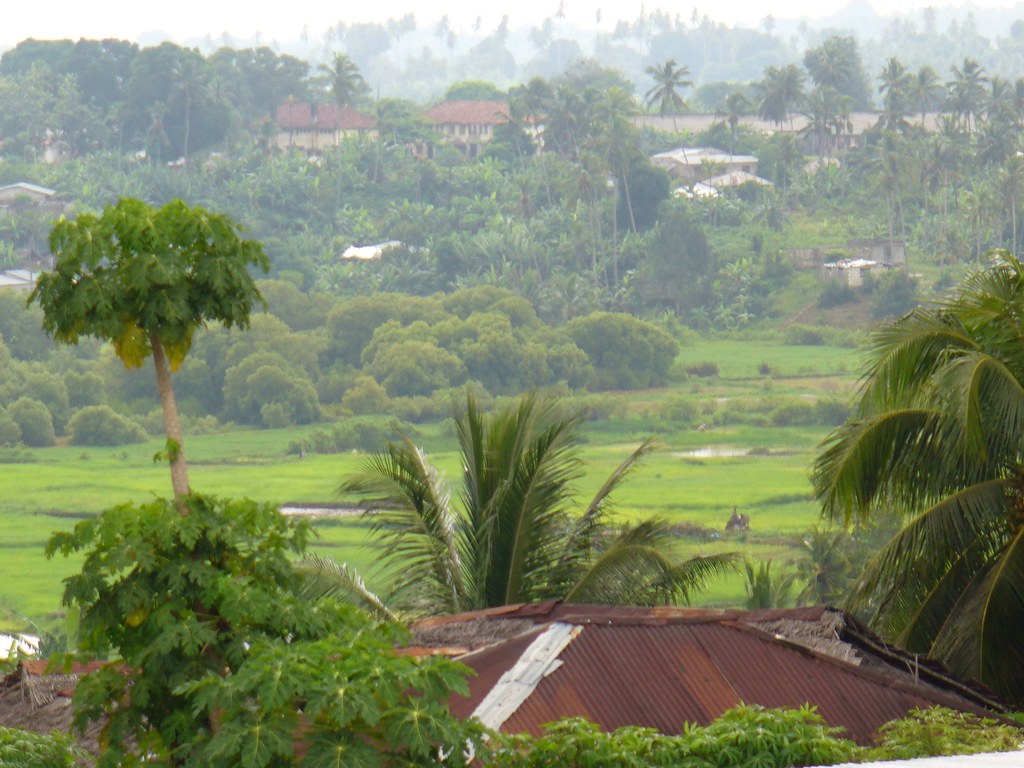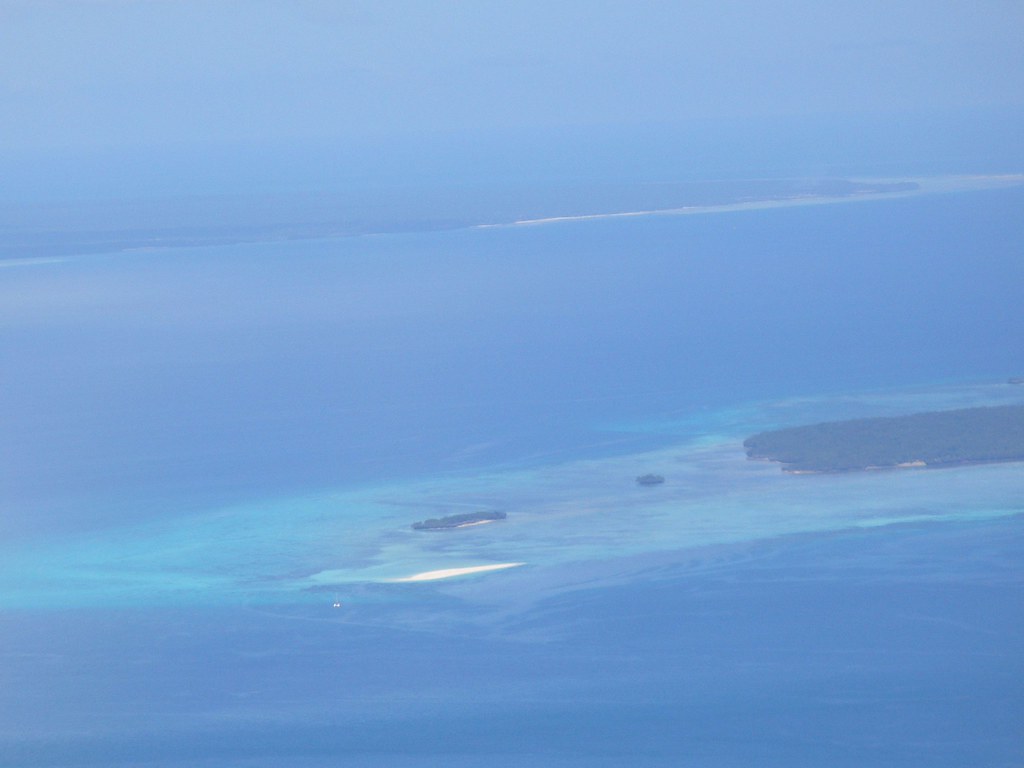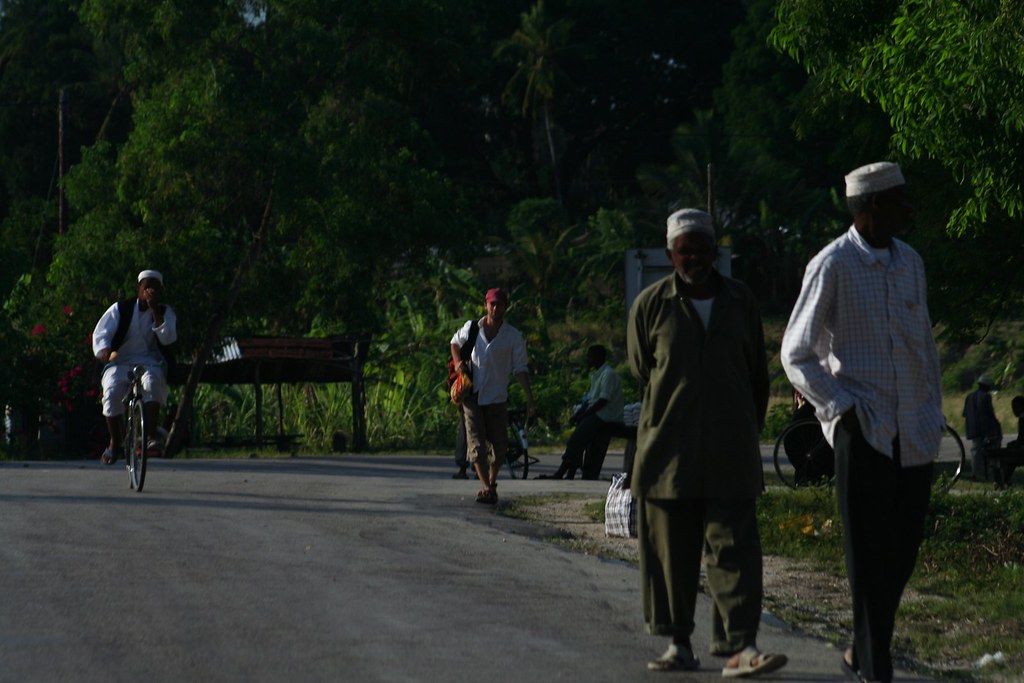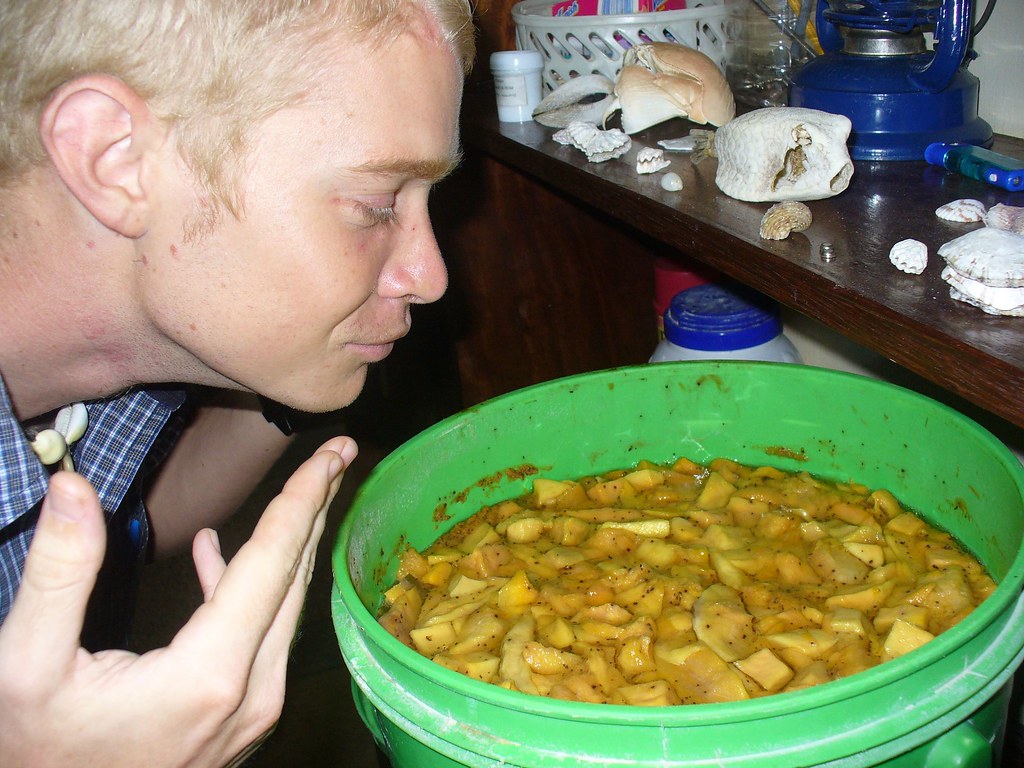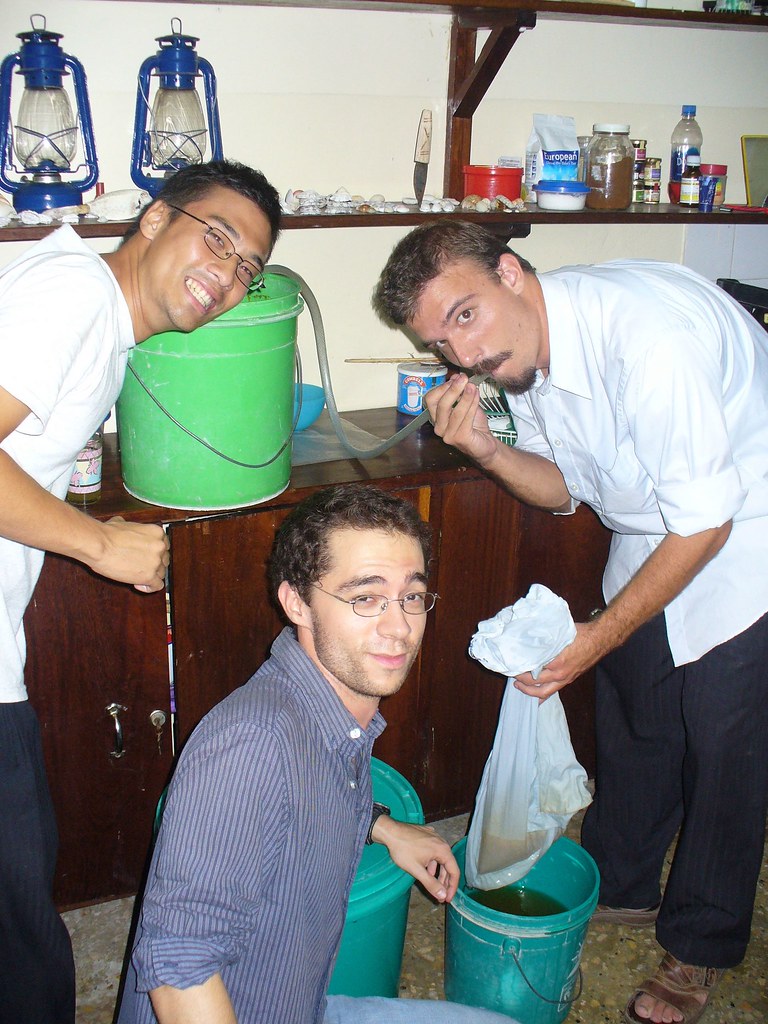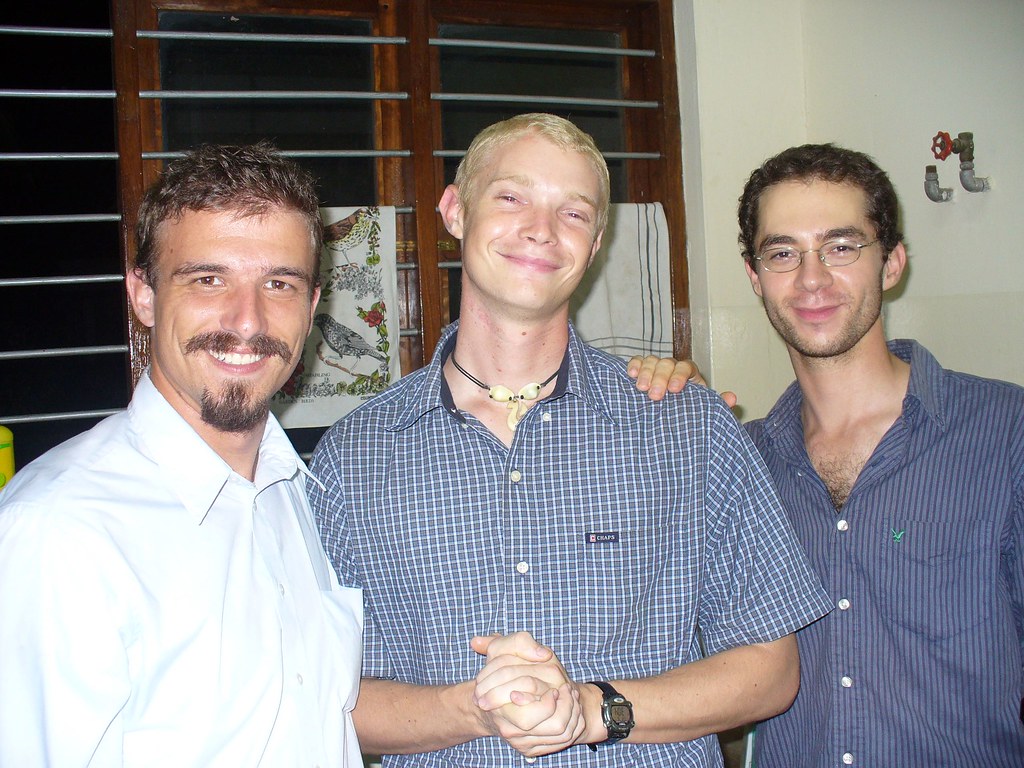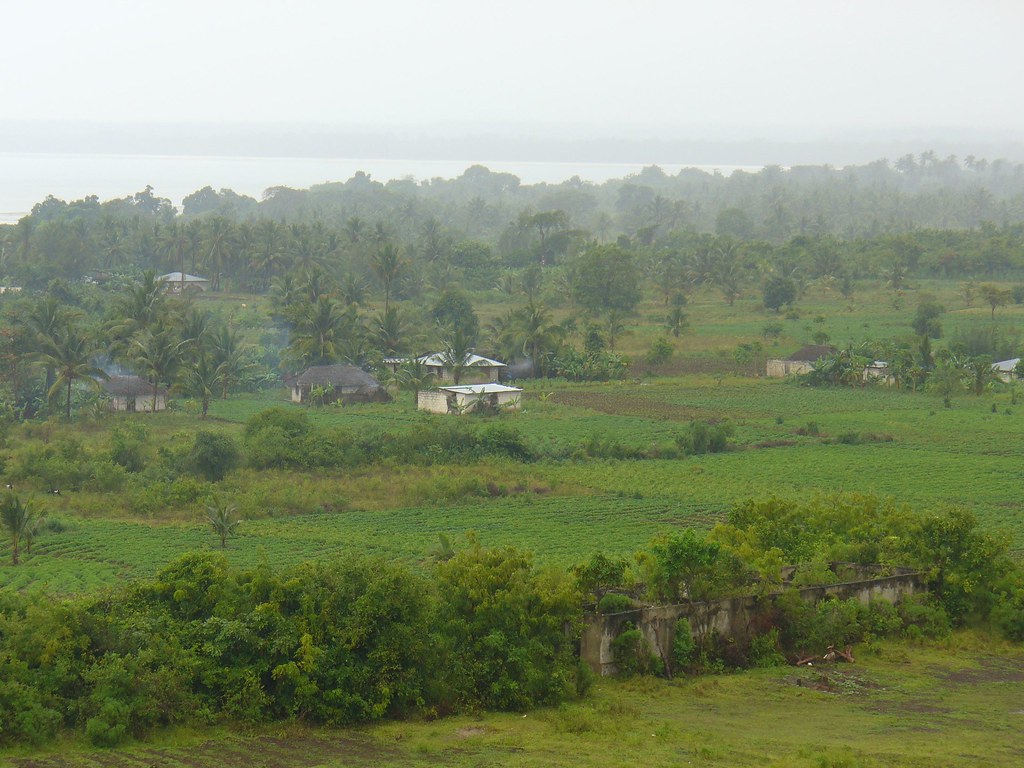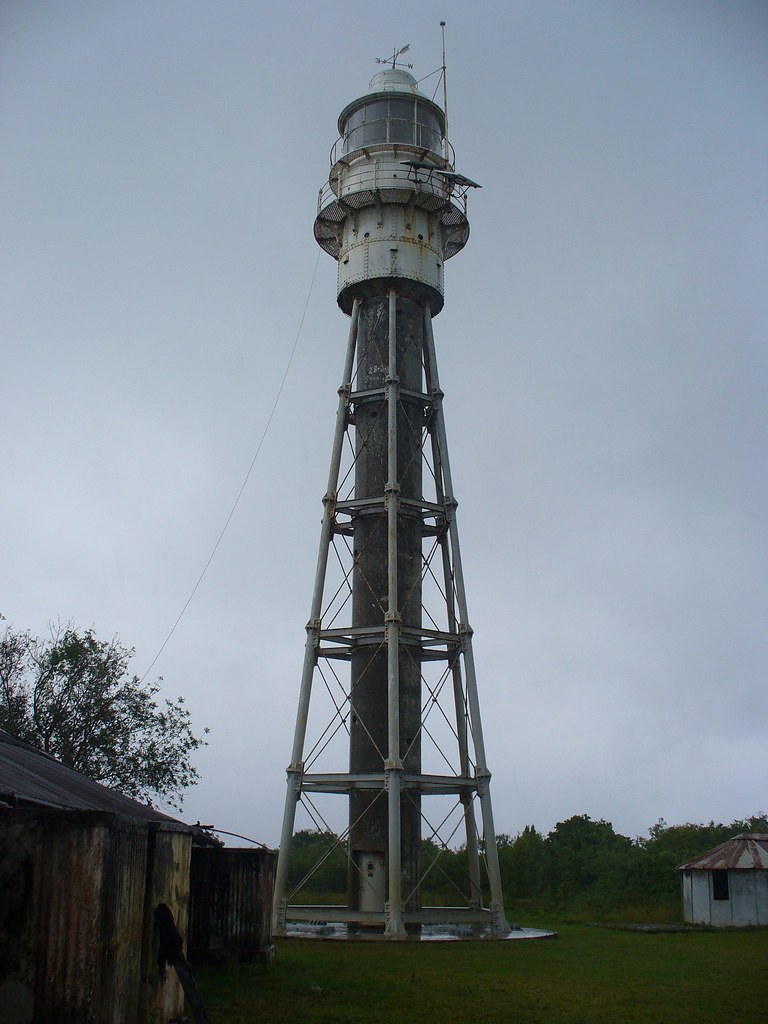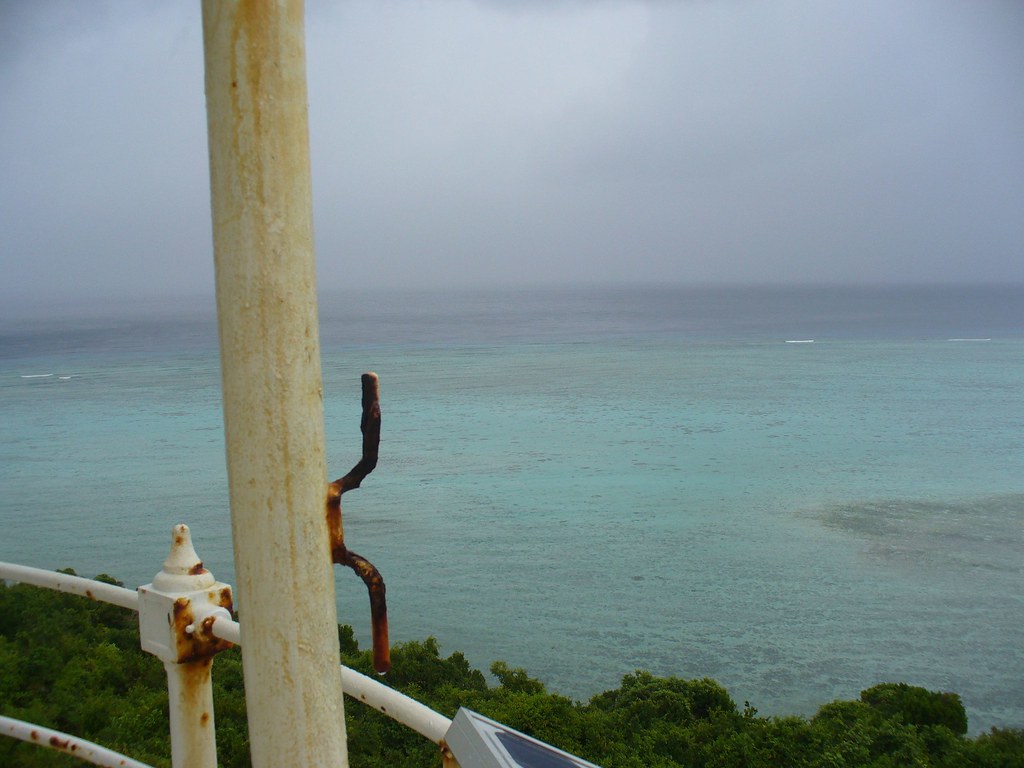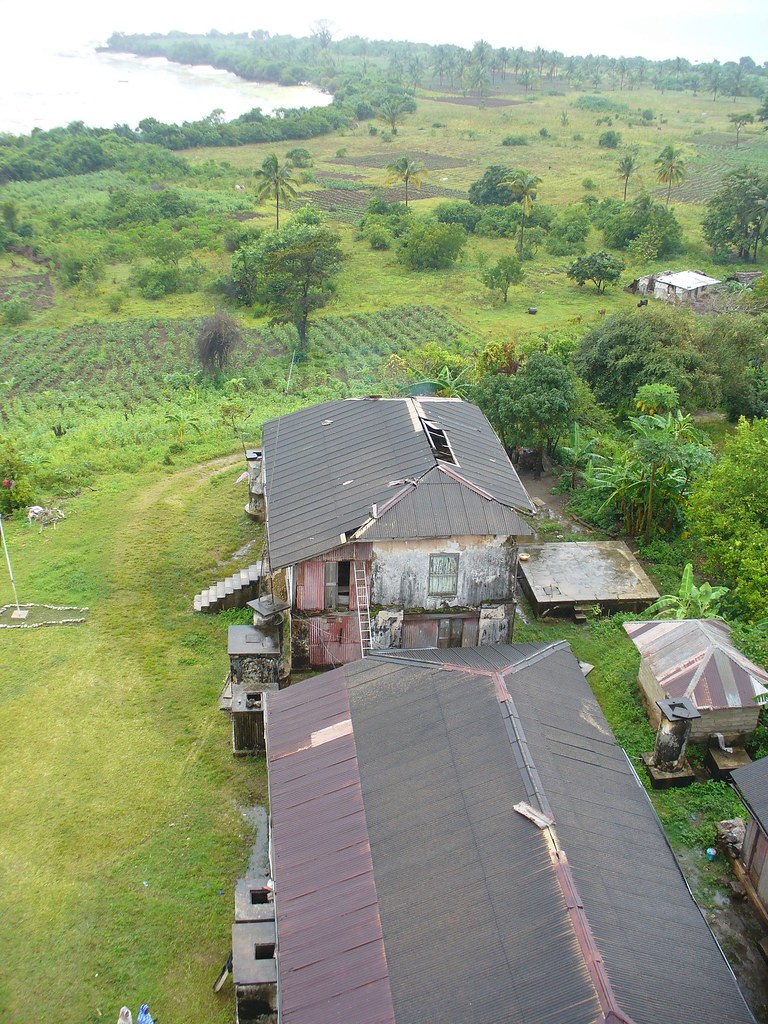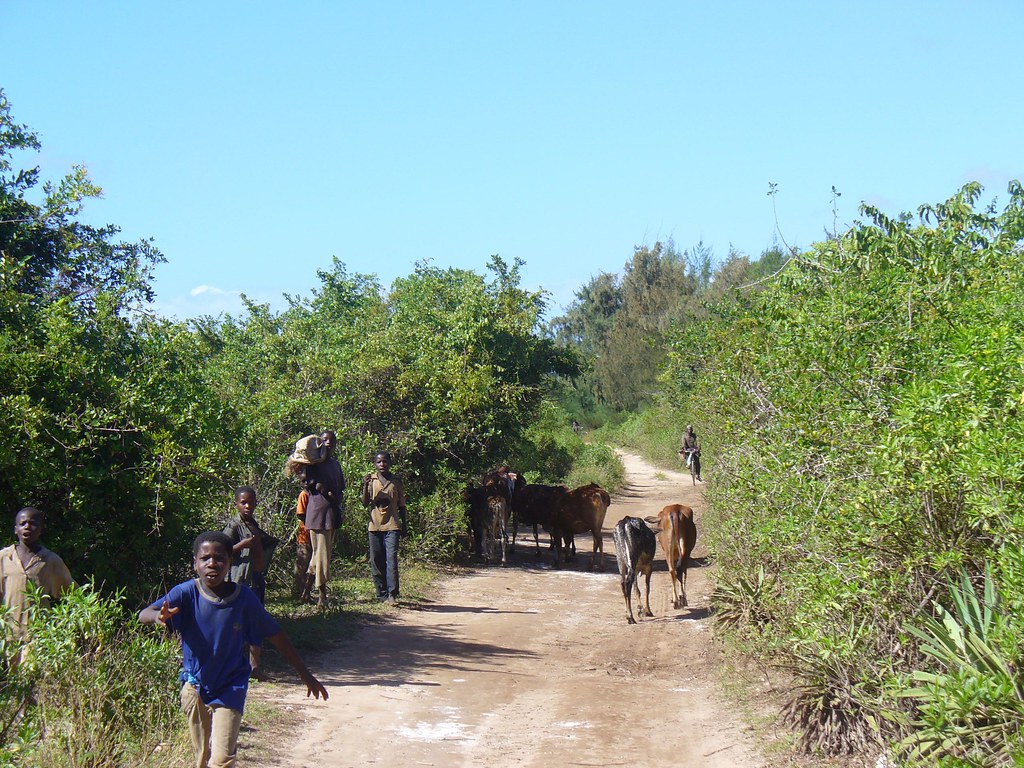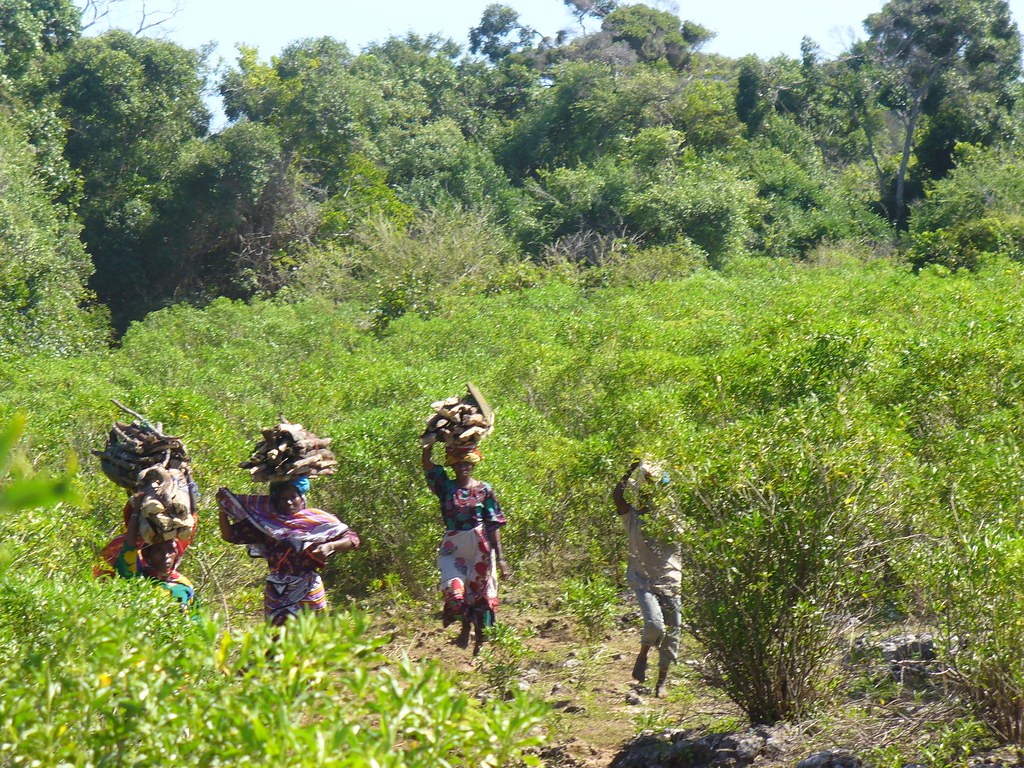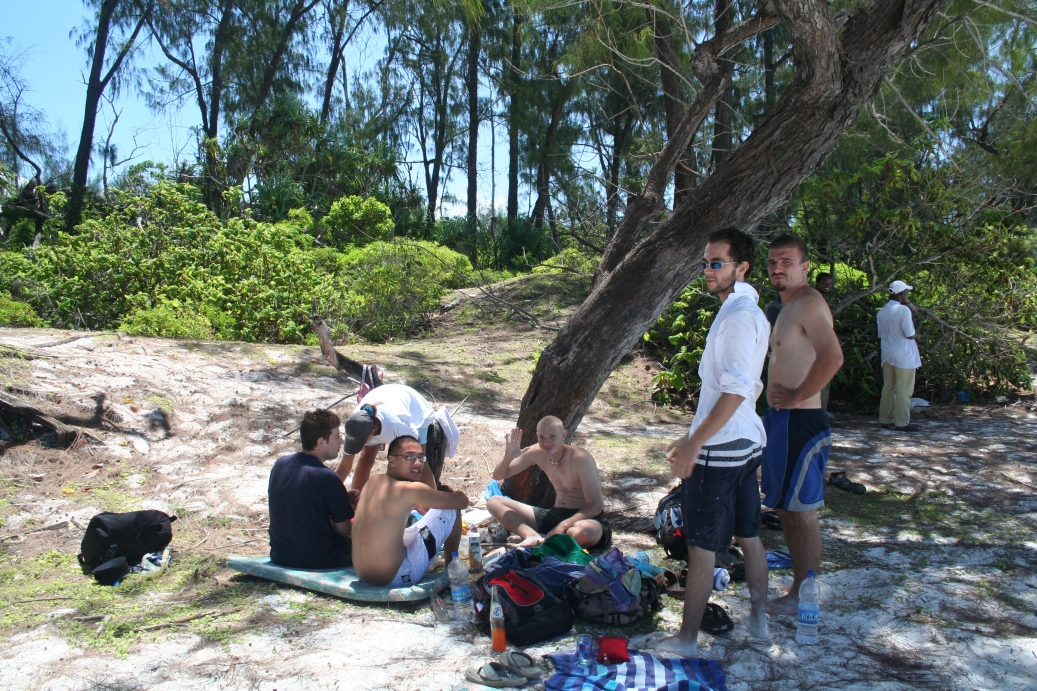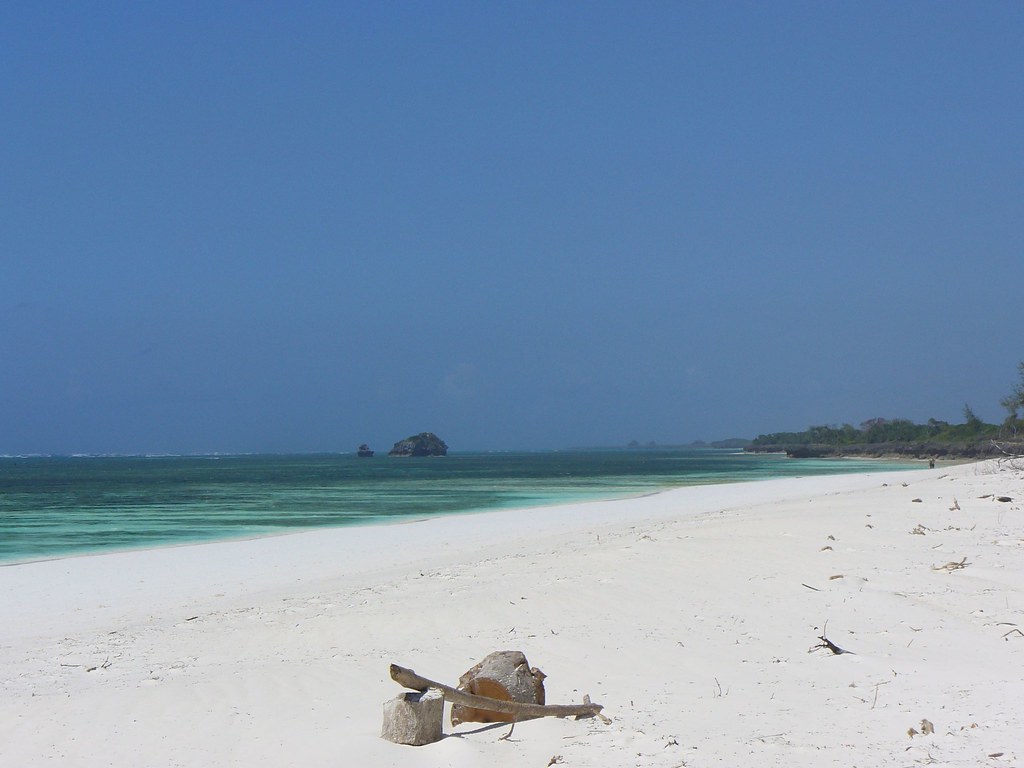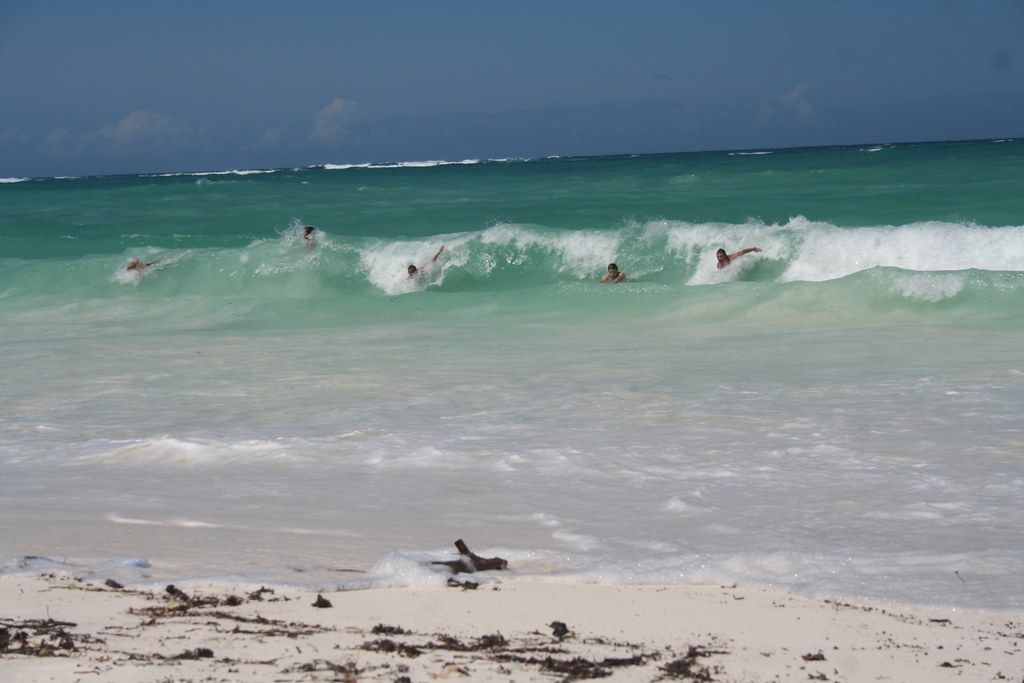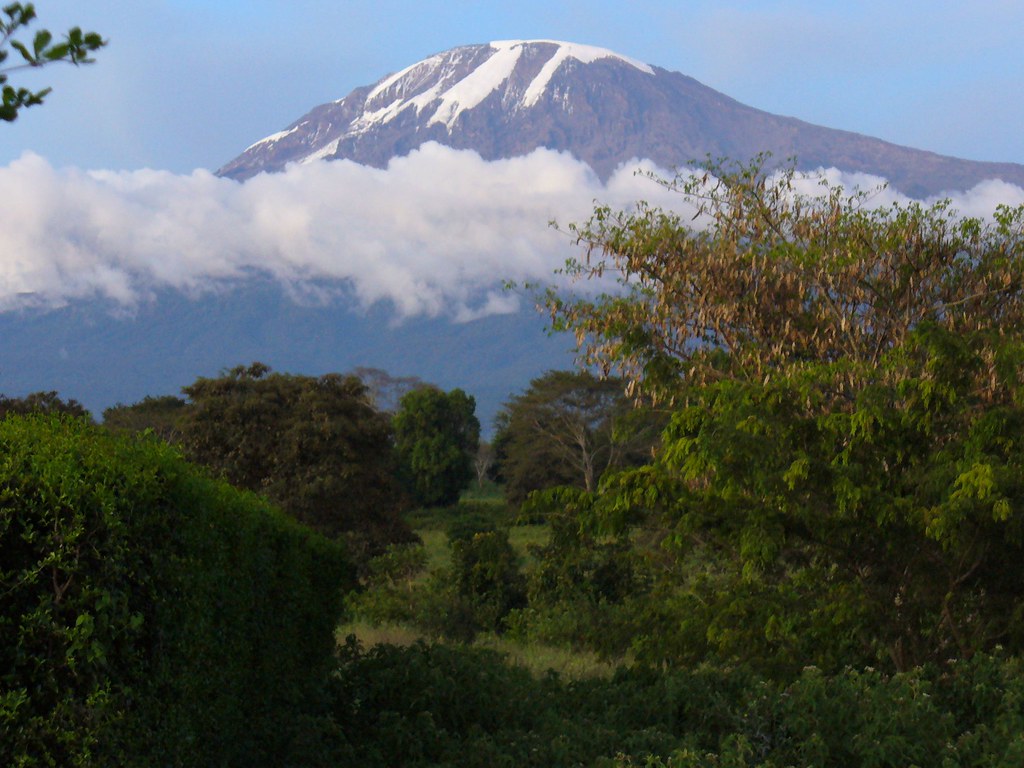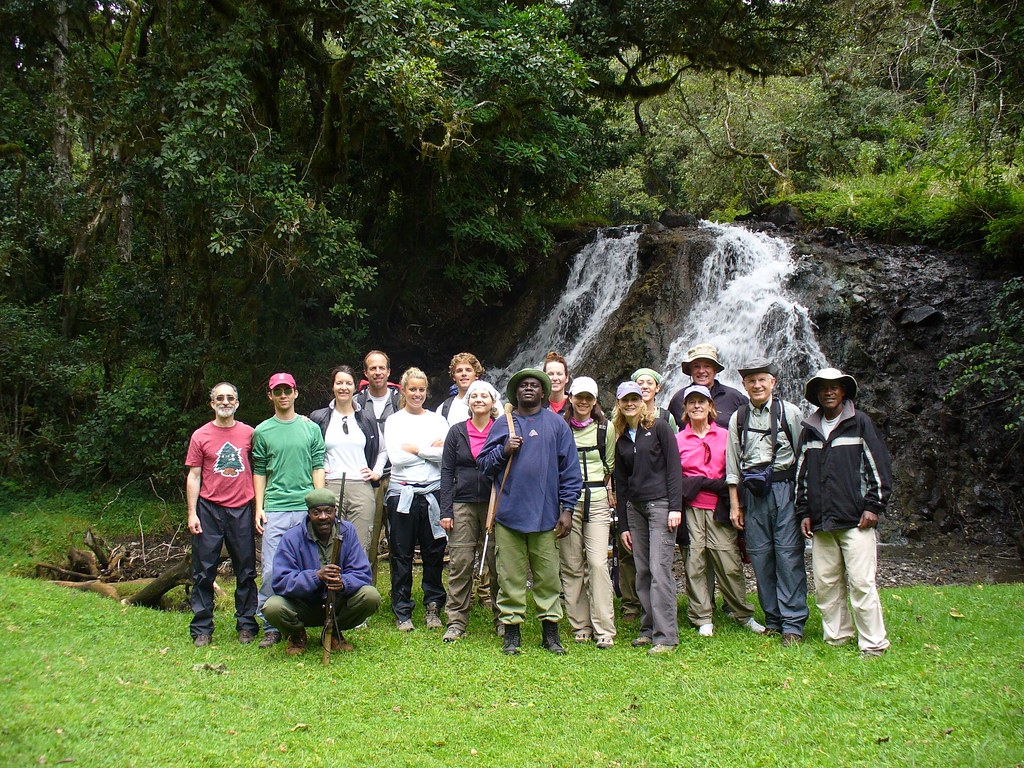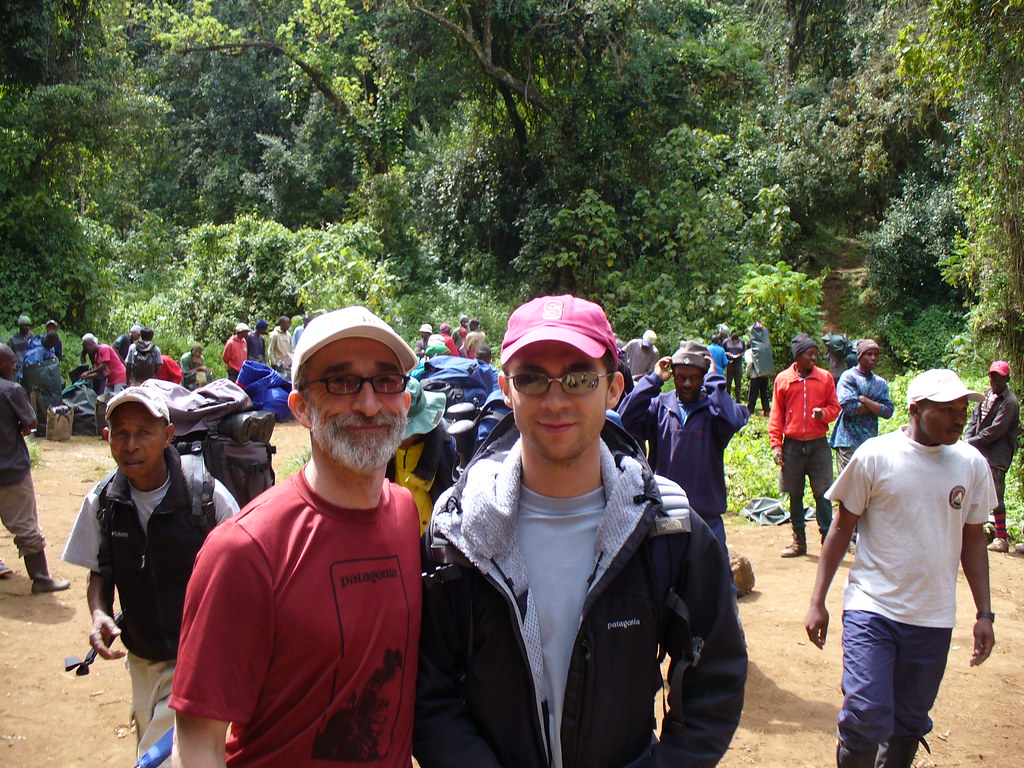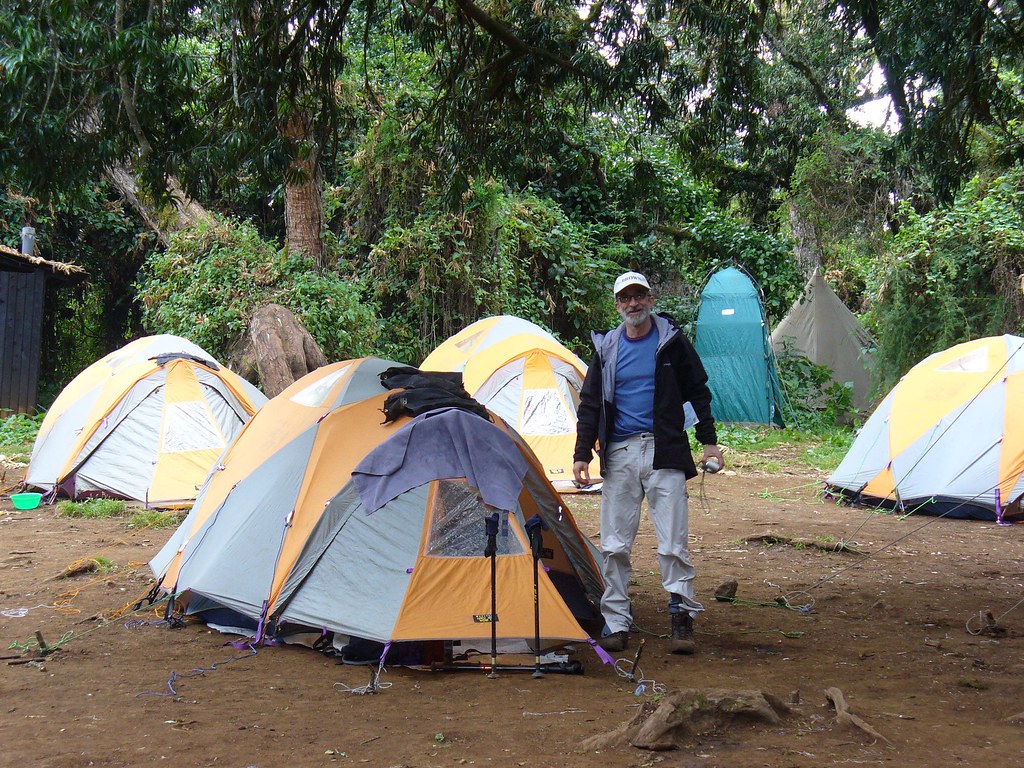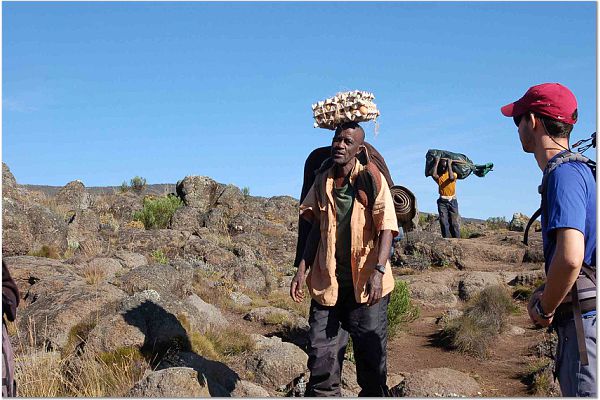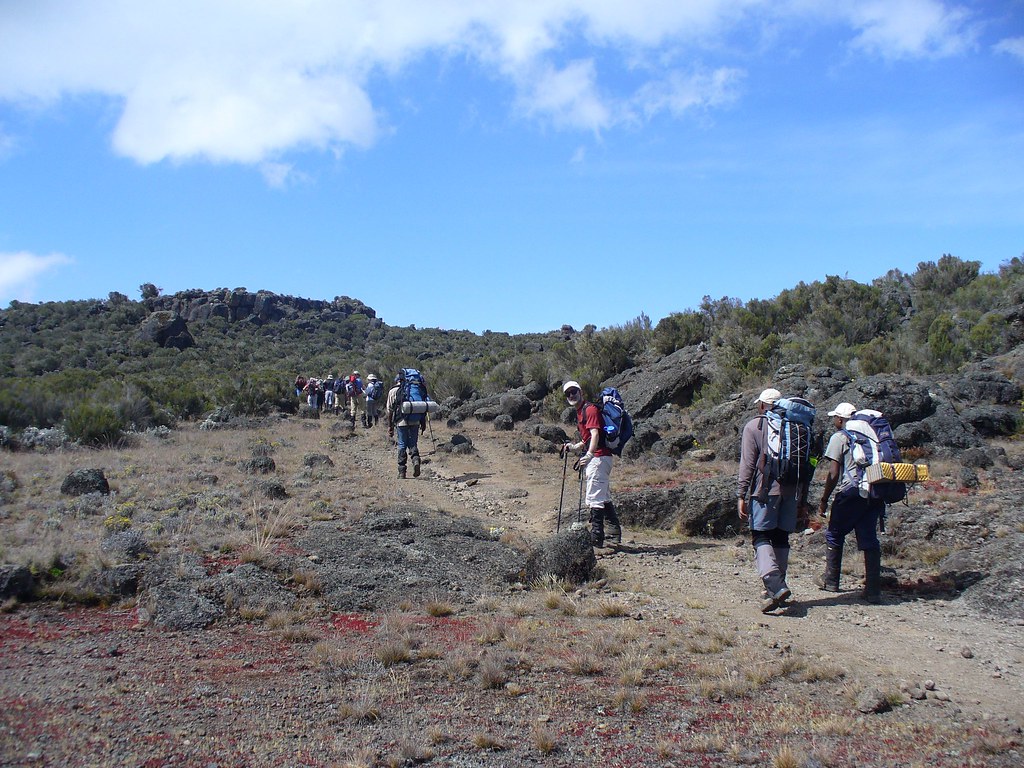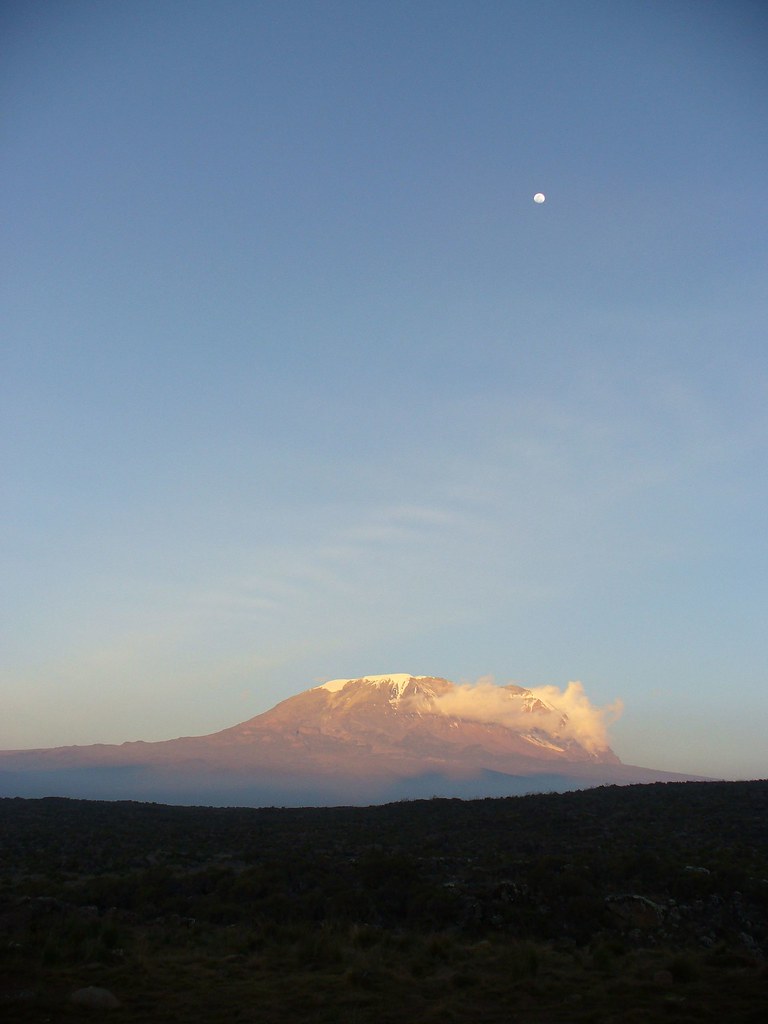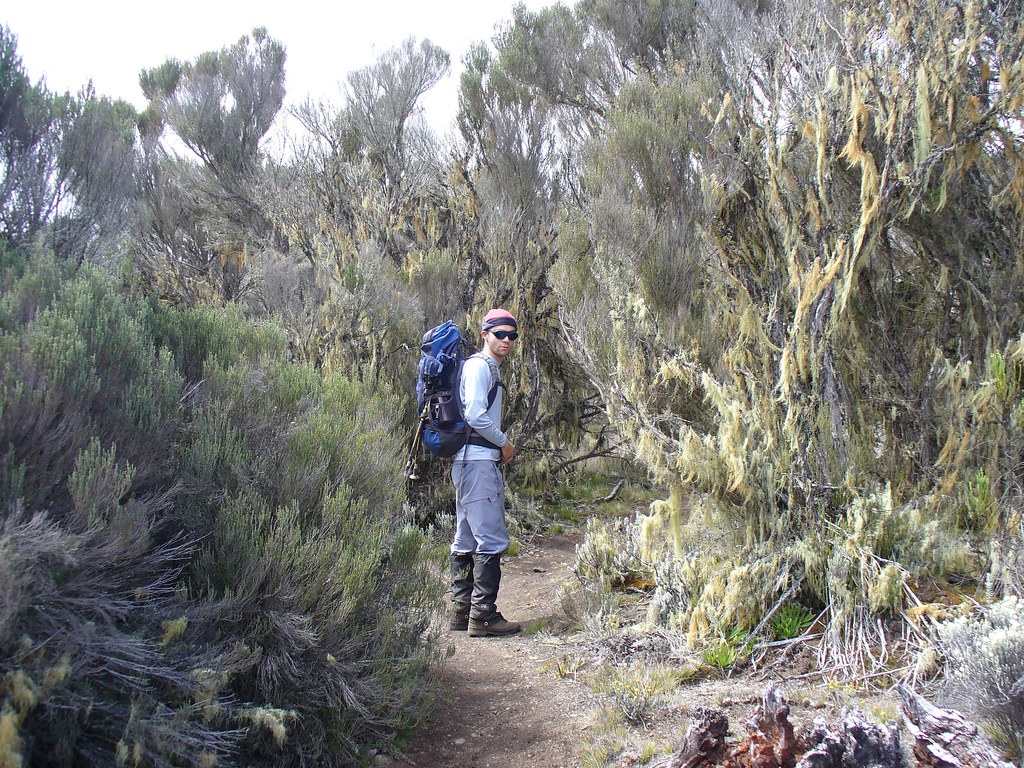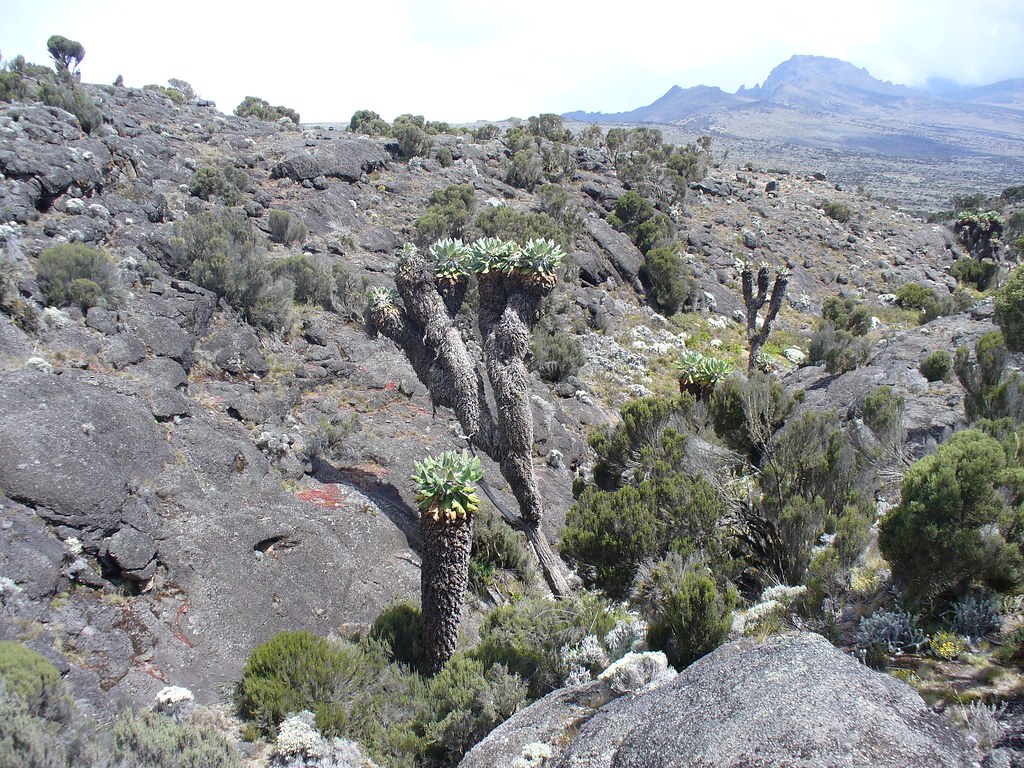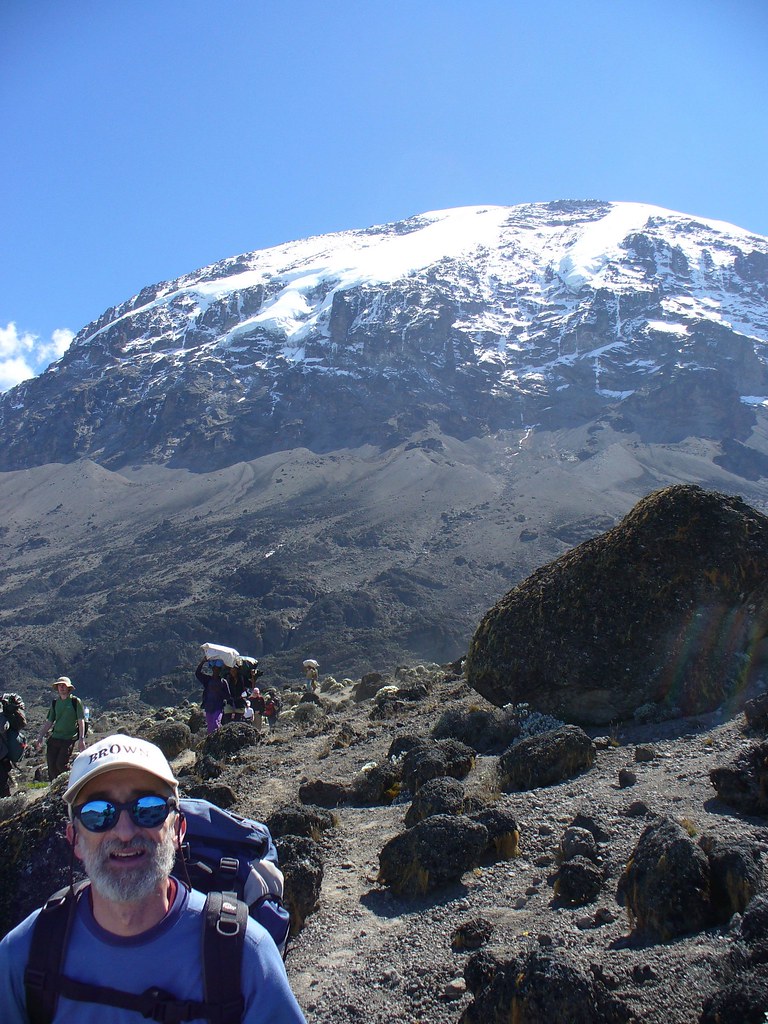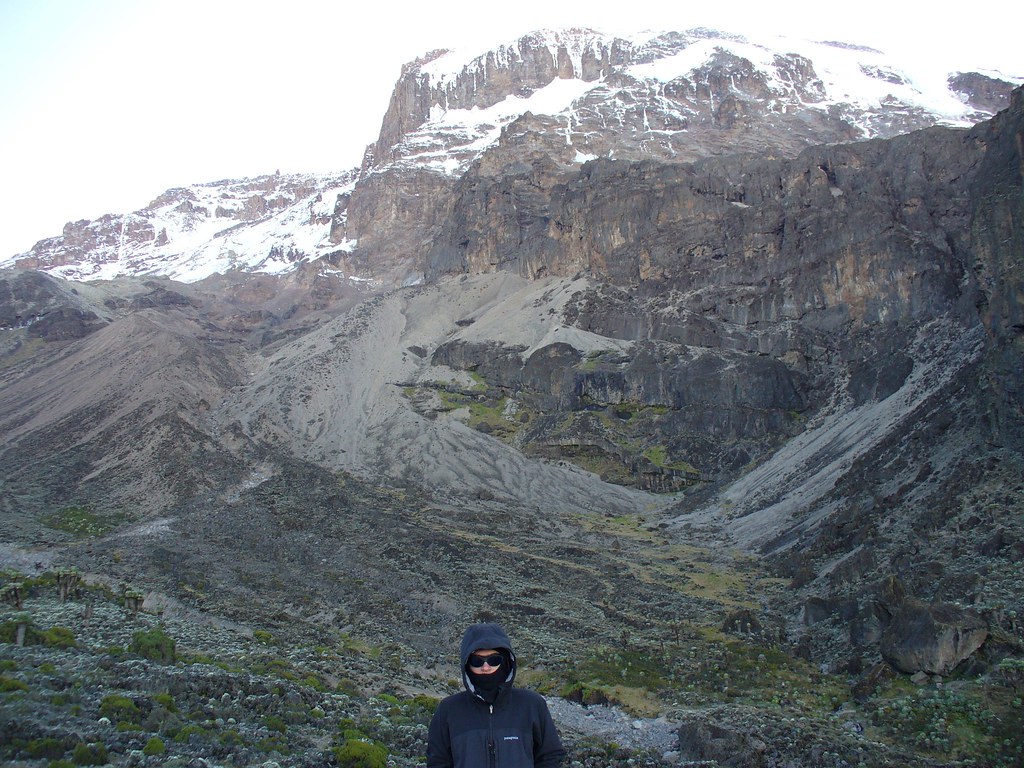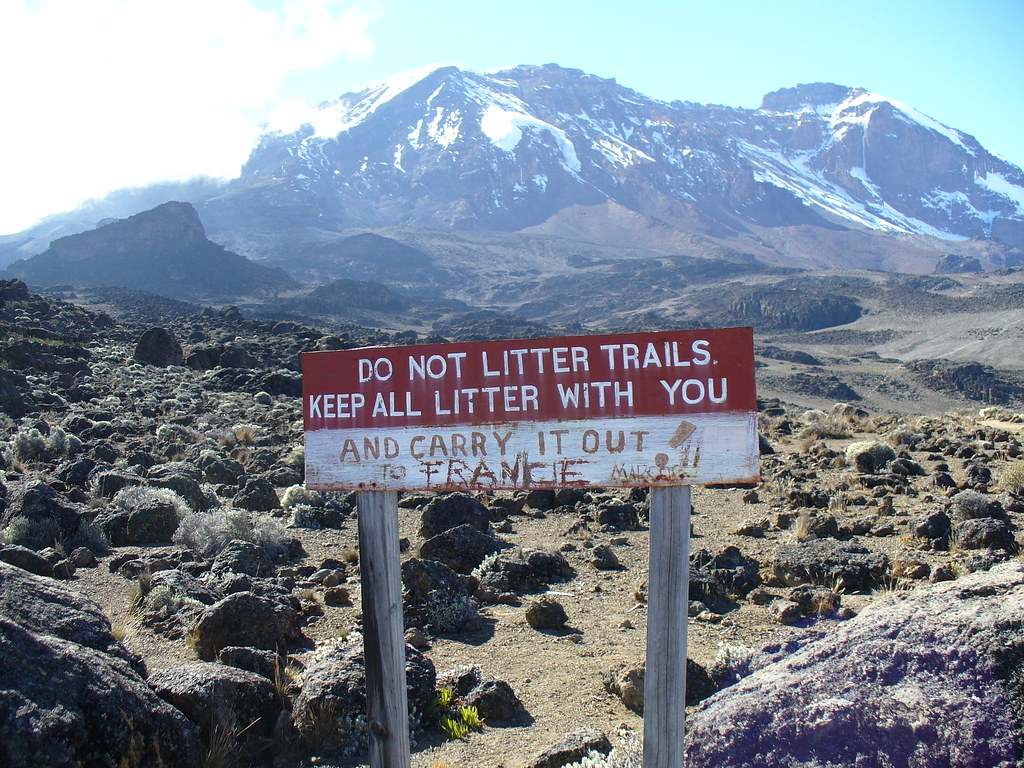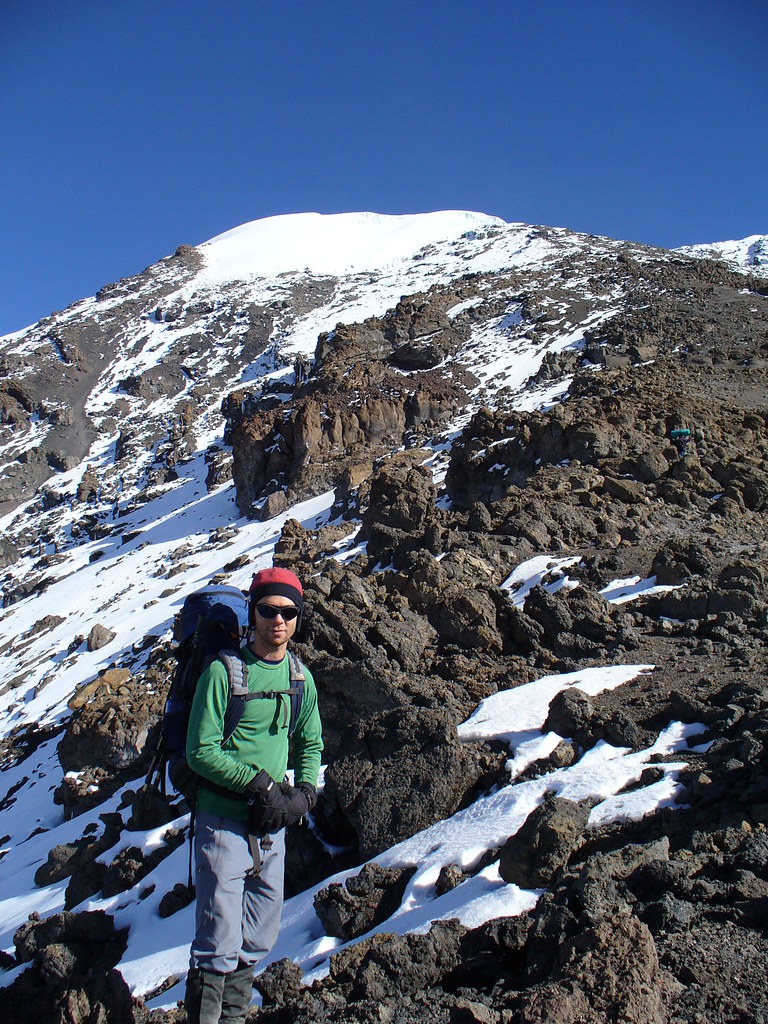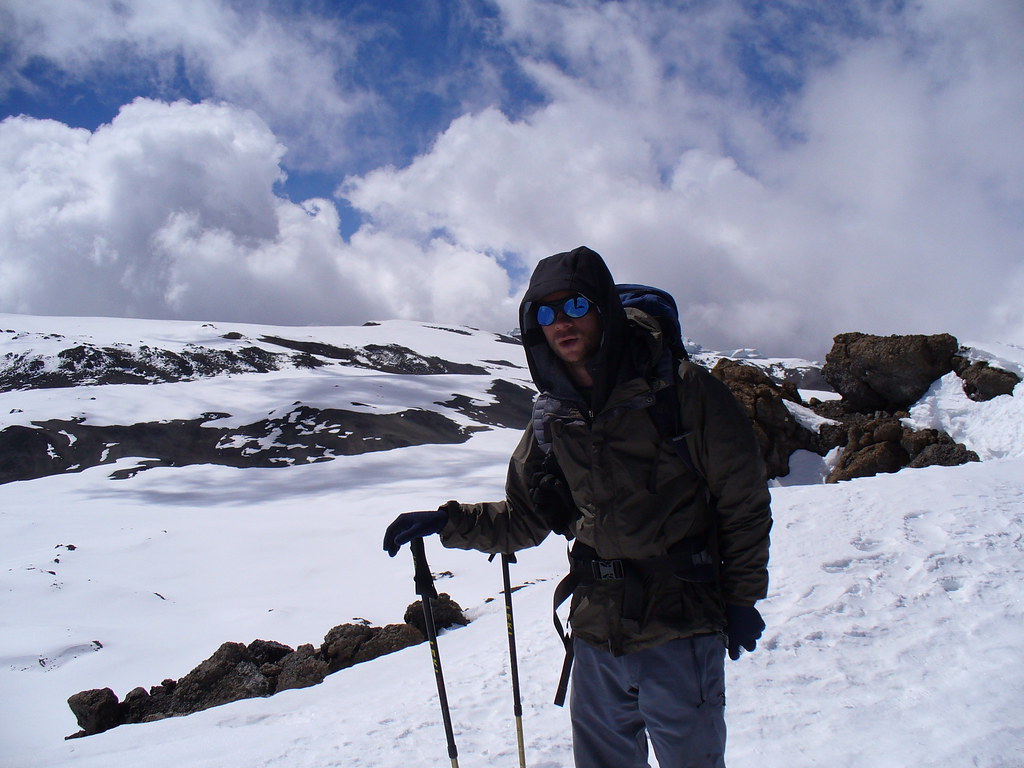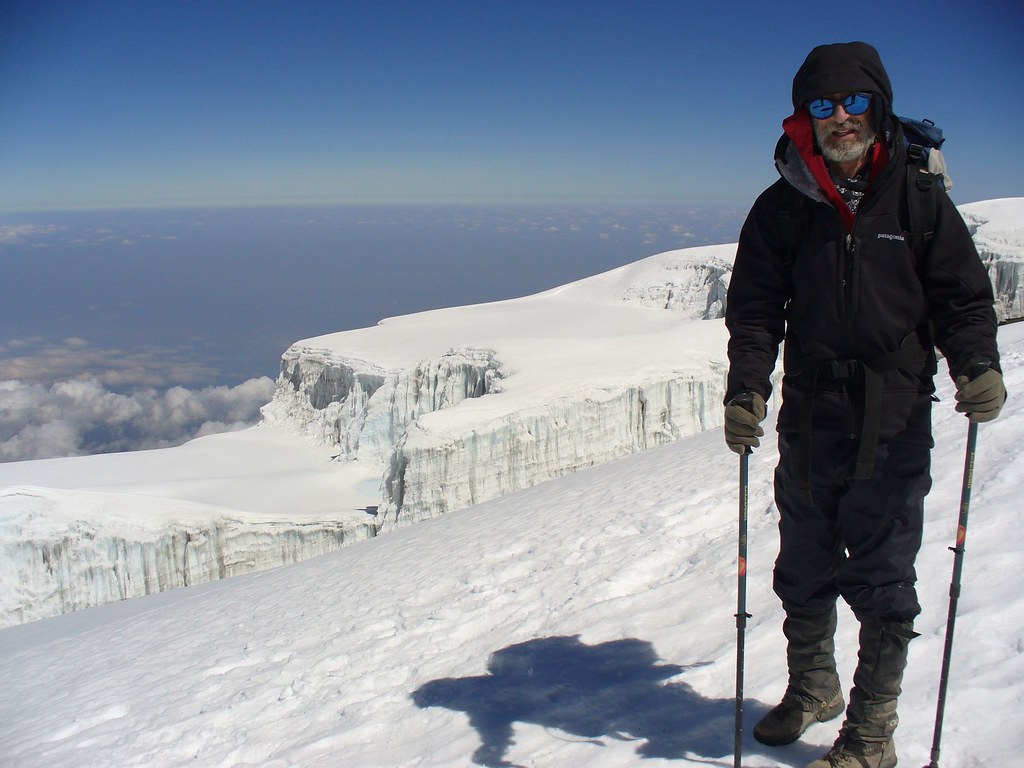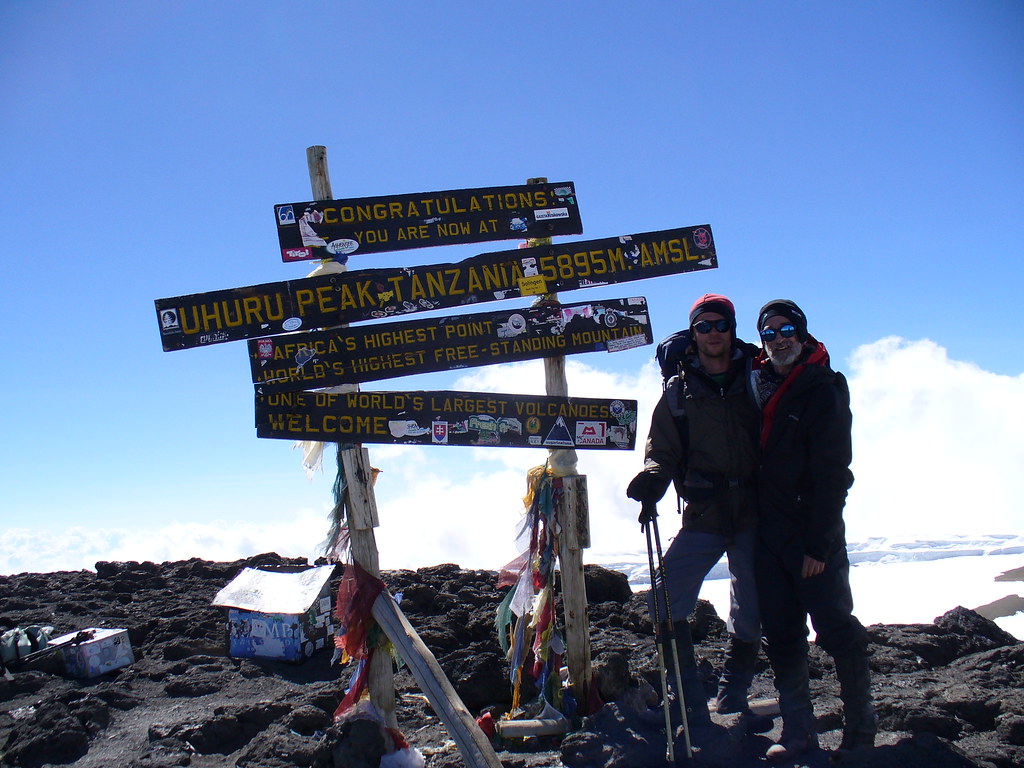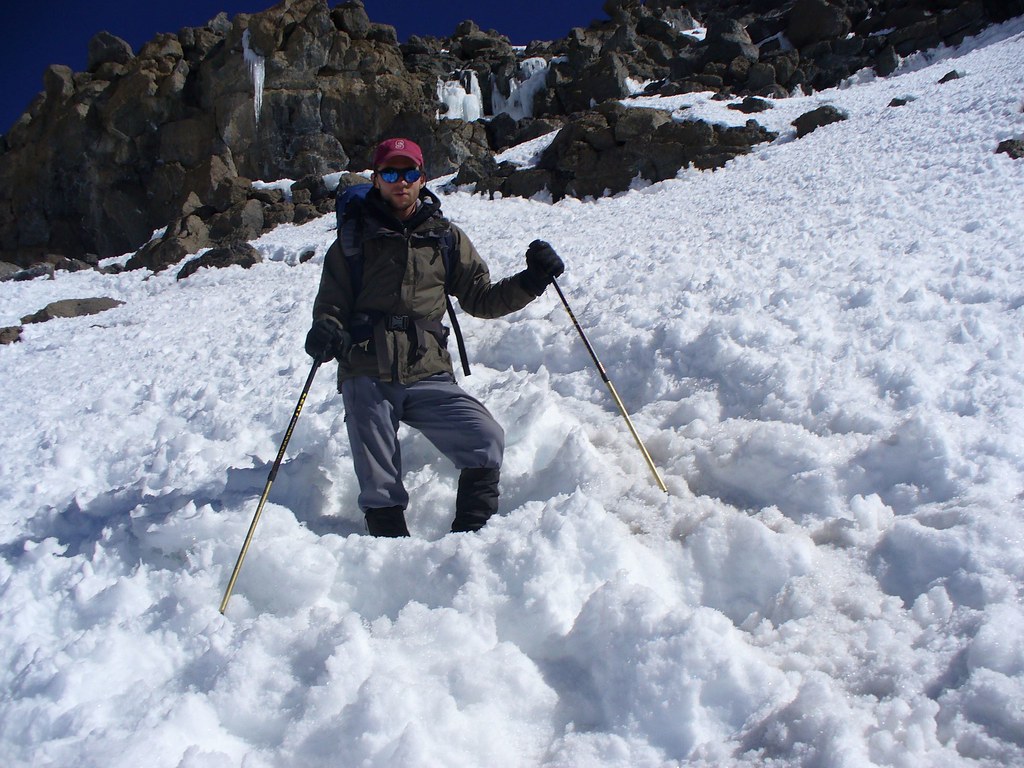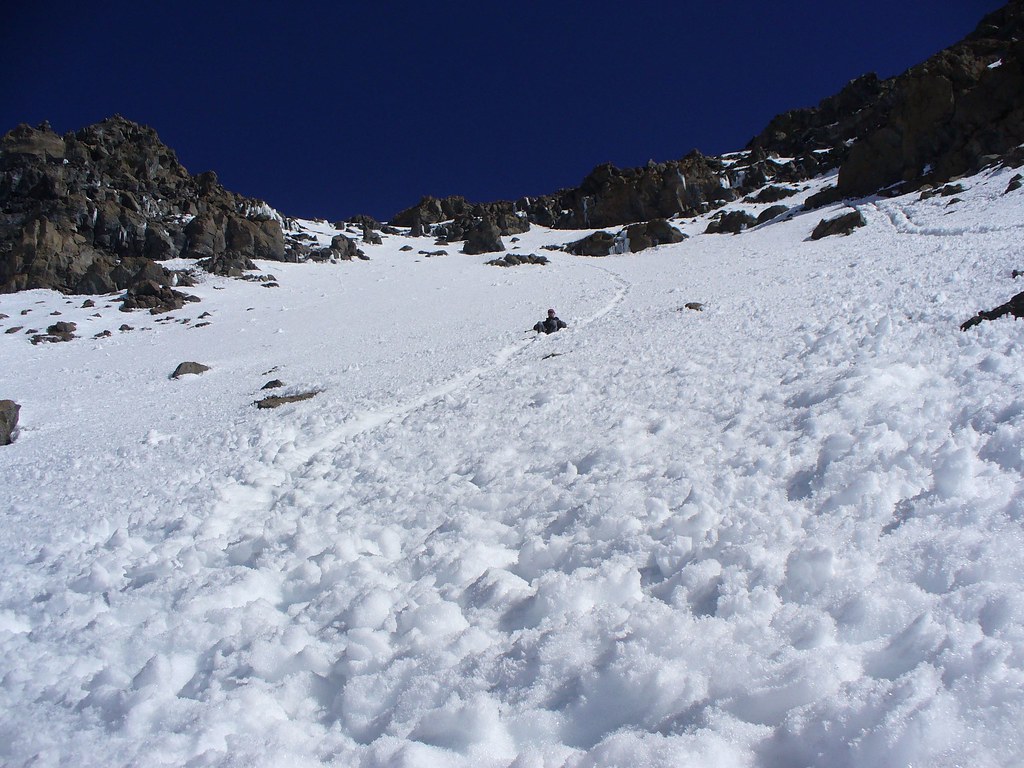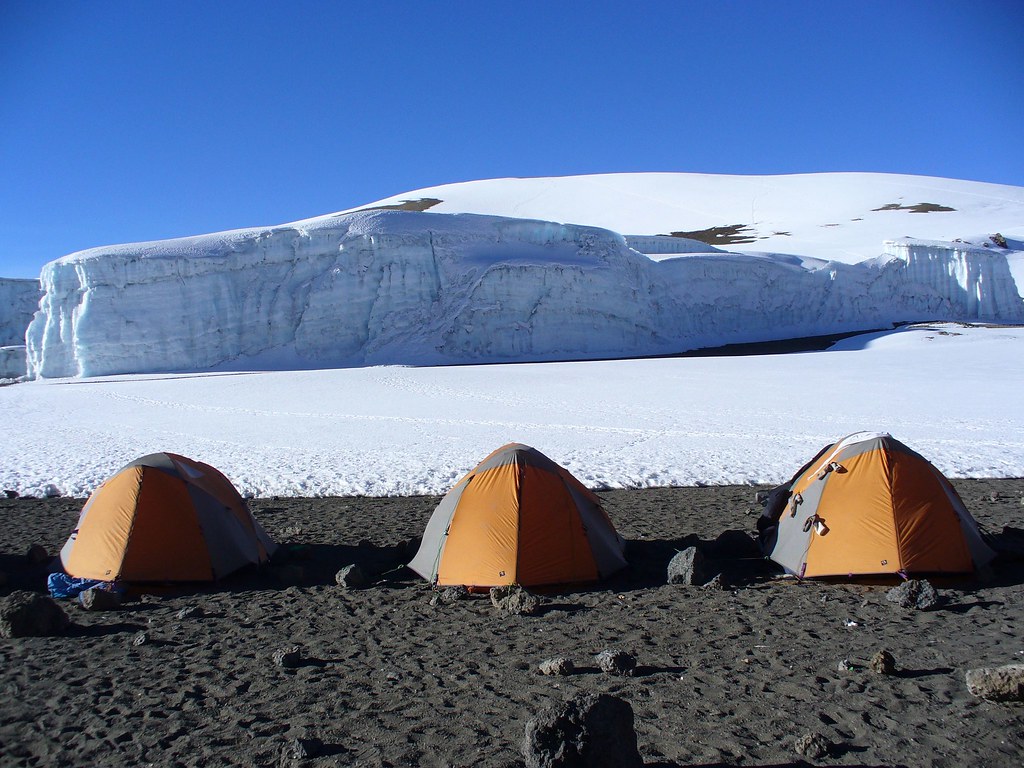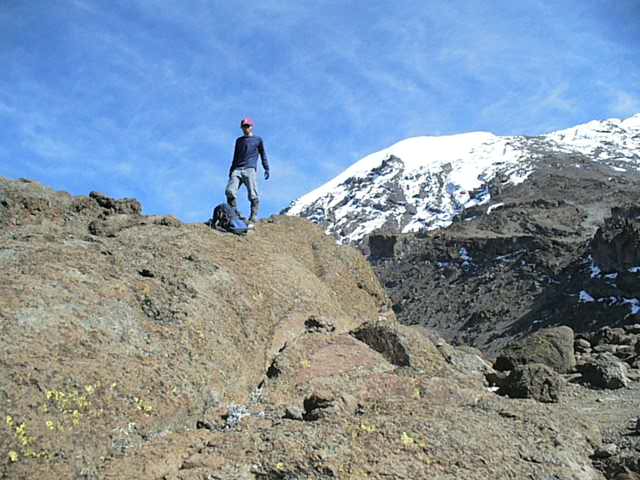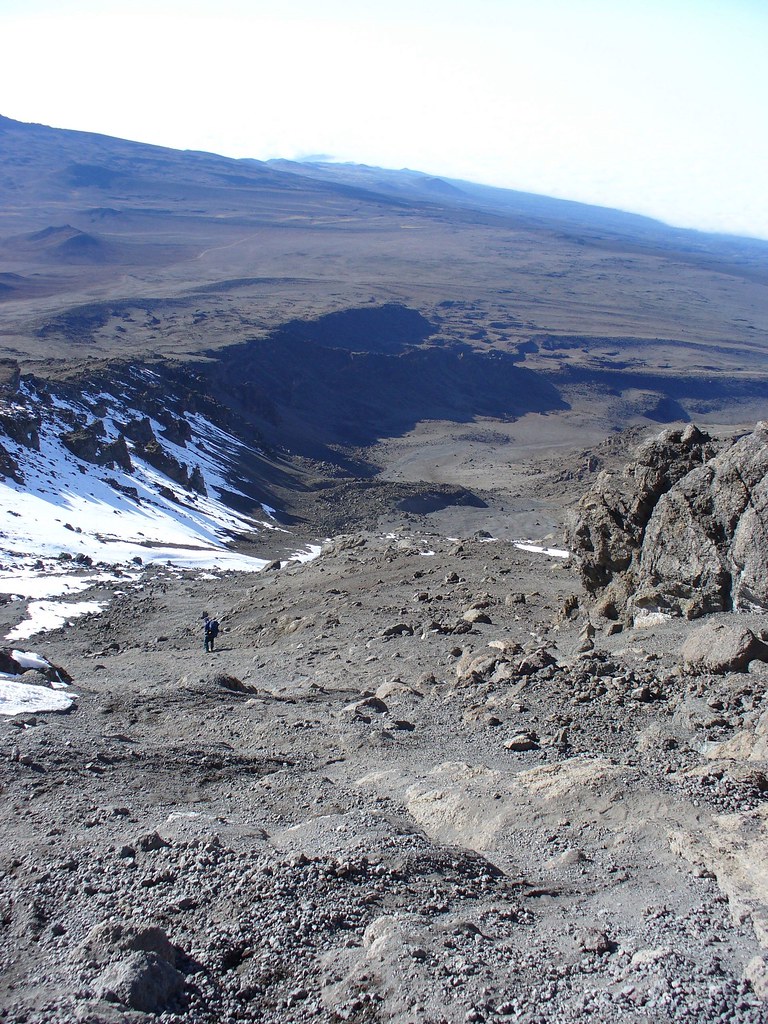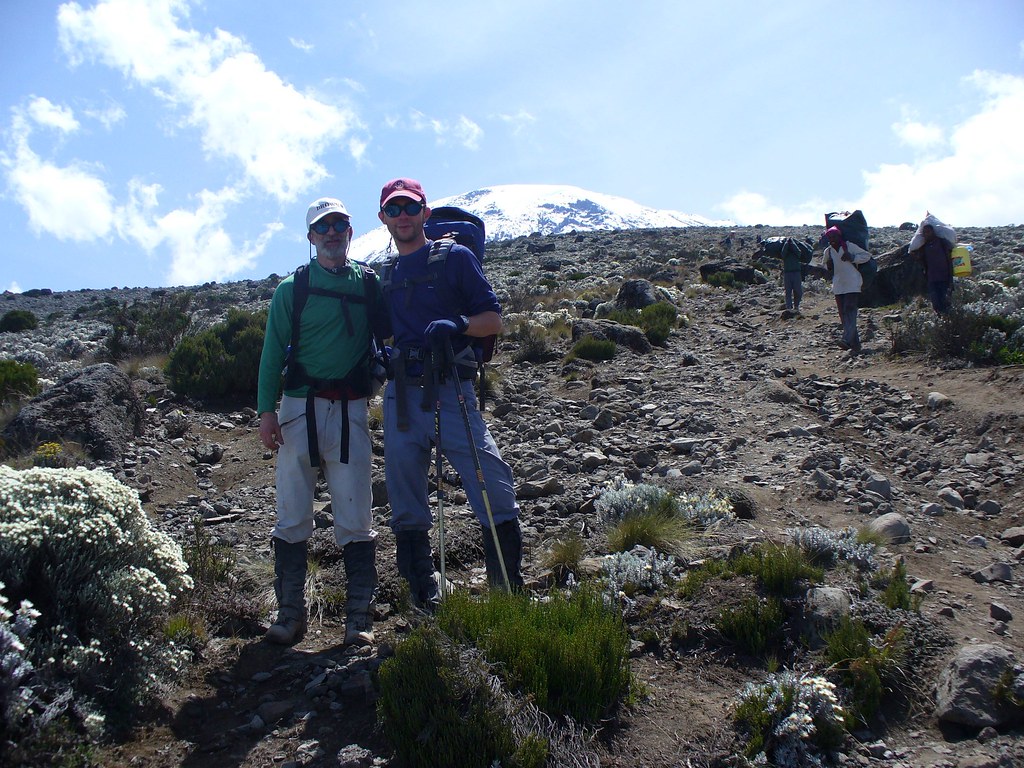Kwa heri Pemba na kila la heri
“Mama mama, many worlds I’ve come since I first left home.
Goin’ home, goin’ home, by the riverside I will rest my bones,
Listen to the river sing sweet songs, to rock my soul.”
Due to safety and security concerns, I’ve made the excruciatingly difficult decision to leave my post in Zanzibar. Because I had already served for more than a year and because of tensions between the governments on the Islands and mainland, transferring to a different site (and therefore a separate Ministry of Education) was not possible. As such, my Peace Corps service has come to an end and I have returned to the United States.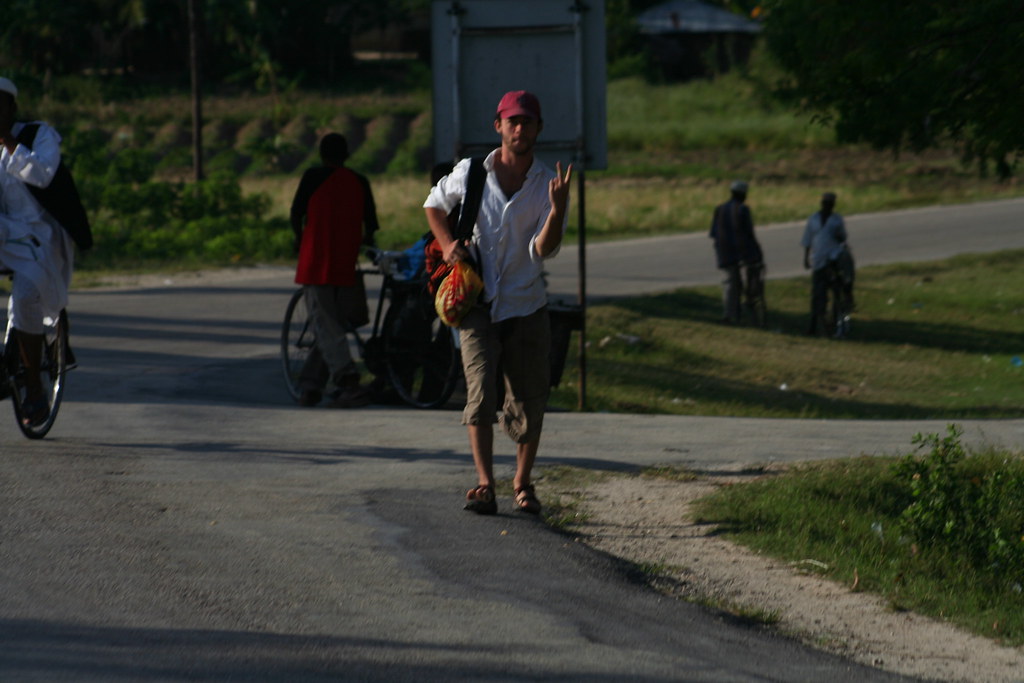
On the bright side, I’m now able to divulge some more details about my site. My post was in the northern region of Pemba Island, the northern most island of the Zanzibar archipelago. Pemba is one of the most controversial, mysterious, and feared regions in all of Tanzania. It is haunted by its past, and crippled by corruption and conflict. The chance to live in such a (for lack of a better word) crazy place was truly a unique opportunity.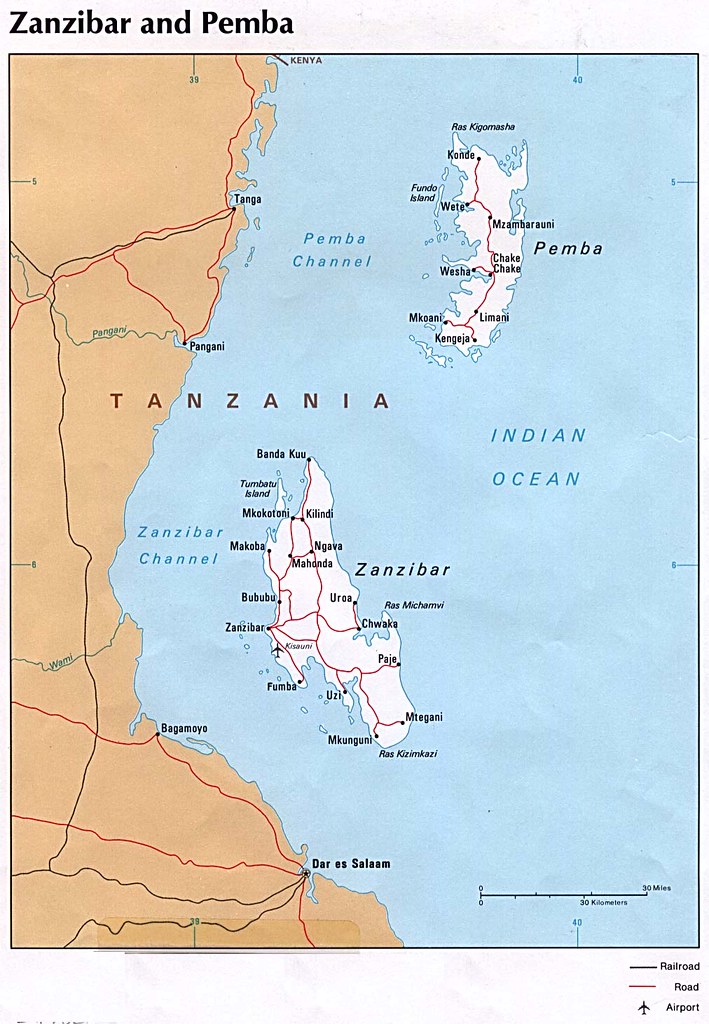
Zanzibar is actually the name for three different things in the Islands. The whole group of islands is called Zanzibar, the larger of the islands is called Zanzibar, and the capital city of Zanzibar island is called Zanzibar. To prevent confusion, Tanzanians refer to Zanzibar island by its original Swahili name, Unguja.
Pemba was once one of the cornerstones of East African trade. Arab explorers used it as a base for their missions to convert Africans to Islam, and as a portal to the slave and spice trades. The Pemban melting pot spawned the original dialects of the Swahili language—a pragmatic mixture of native Bantu, Arabic, and Hindi. As European powers explored and colonized East Africa, the Swahili language picked up some English and German words as well. Today, Pemba is home to what is considered the “purest” form of the Swahili language. I certainly could not have asked for a better place to learn Swahili.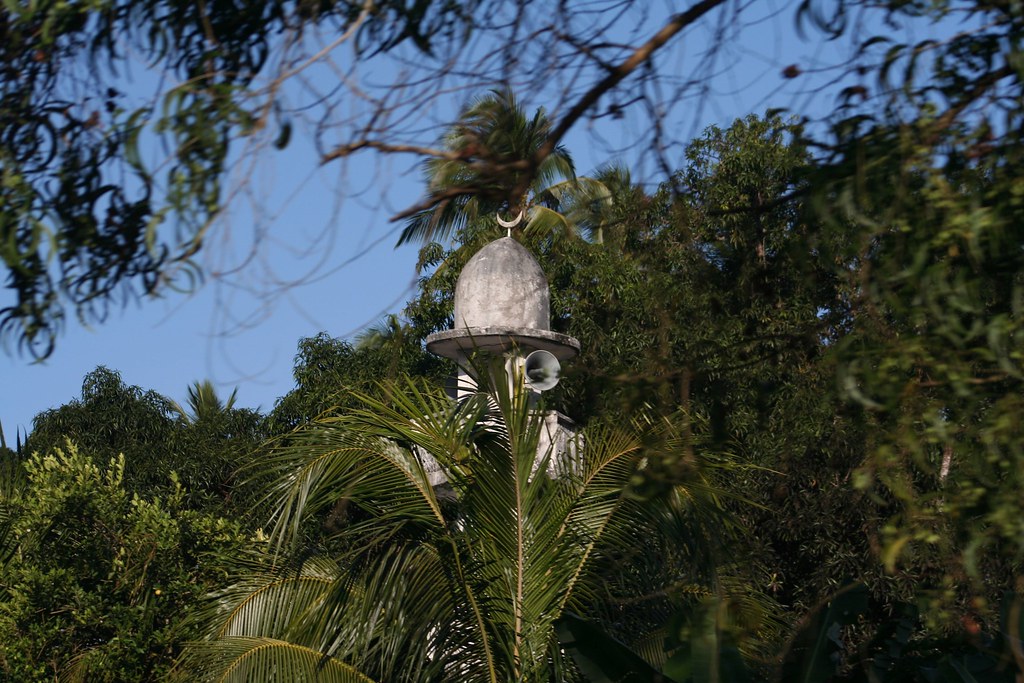

Once a major base for Middle Eastern influence in East Africa, Pemba remains more than 99% Muslim.
When the East African slave market collapsed, a large population of unsold slaves remained stranded on Pemba. Unable to sell the slaves, Pemba’s Arab powers put them to work on clove plantations. Over the next few hundred years the island’s incredible soil was decimated by over-cloving. Today it is nearly impossible to grow anything other than cloves and cassava on Pemba, forcing the population to rely on expensive imports from the mainland.
In 1964, Zanzibar experienced a violent revolution. Over three days almost 20,000 foreigners were massacred on Unguja island. Those who weren’t killed fled, including (believe it or not) Freddy Mercury. Purportedly, the plan was for Pembans to rise up in similar fashion but ultimately they never did. The government that took power has long since resented Pemba for its lack of “sacrifice,” and today some theorize this to be the seed of the political conflict that plagues the region today. The death and exodus of Zanzibar’s foreigners (including engineers, doctors, and traders) plunged the region into an economic and public works nightmare. Unable to recover, Zanzibar was forced to give up its independence and join the newly formed Tanganyika — a union very few in Zanzibar or Tanganyika were or still are happy about. The United Republic of Tanzania was born.
Today, Pemba is a beautiful and, for the most part, peaceful island. Most of its folk are welcoming and friendly, and it has some truly good people working hard to improve the island’s situation. Unfortunately, it is also a land of political strife, corruption, decaying buildings and roads, and a critical lack of power and potable water. The island terrifies mainlanders, who try to keep away at any cost. On my trips to the mainland, Tanzanians were often shocked when I told them where I’d been living. In your average Tanzanian’s eyes, I’d been braving a cursed island… a disintegrating land of dissidents, demons, and voodoo masters. Wizards travel from as far away as Haiti to learn the secrets of Pemban witchdoctors.
Pemba is hardly as bad as its reputation on the mainland would suggest… like anywhere, it has its charms and its problems. The sad thing is, Pemba’s problems only seem to be getting worse with time. Local governmental corruption cripples schools and businesses. Indeed, the teachers college I worked at has not received its allocated money in over two years. The staff and teachers there work so hard with so few resources, and they are rewarded with nothing but apathy and even theft from local government officials.
Pemba’s public works have been gradually decaying since the 1960’s. The island is powered by poorly maintained petrol generators that routinely go offline for weeks at a time. Pemba’s water is supplied via electric pumps, which (of course) are rendered useless without electricity. With temperatures of over 100 degrees for most of the year and ridiculous humidity, scarcity of water is more than a small health concern. Every so often badly needed repair parts are imported for the power generators, but somehow the parts are always stolen and sold off before actually making it where they need to go. As Pemba’s electricity and water become scarcer and scarcer, the demands of the population are skyrocketing as many men have upwards of 15 children. It is not uncommon to see shoeless children with distended bellies.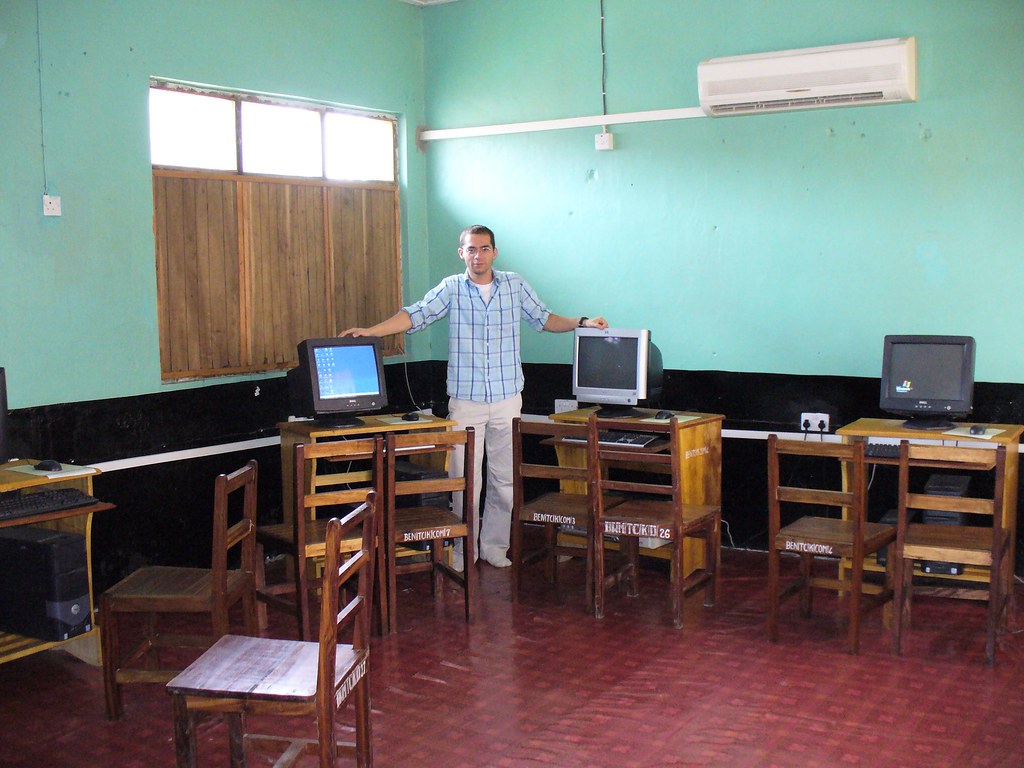
Maintaining and teaching with the school’s computer lab was a constant battle thanks to regular power spikes and outages.
As I discussed in my most recent post, Pemba’s single major resource is cloves. As the Tanzanian government has continually slashed their monopolistic clove buying price, Pemba’s sole source of significant income has evaporated. As you’d imagine, the people of Pemba are not too happy. Indeed, loyalties on Pemba to the ruling party are few and far between.
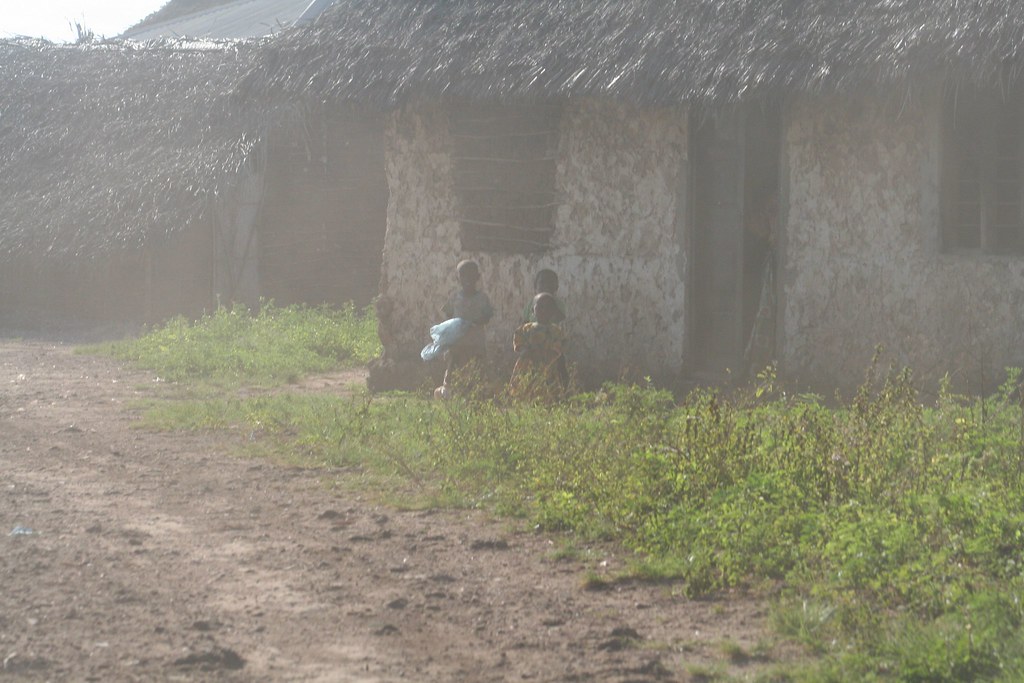
Although technically the Tanzanian government is a multi-party system, only one party has ever won presidencies for the mainland and Zanzibar, (mainland and Zanzibar have separate presidents). The ruling party, CCM, is wildly supported on the mainland, is mildly supported on Unguja Island, and is despised on Pemba. Unfortunately for Pemba, Unguja is larger and is thus the government center for the whole Zanzibar archipelago. My town in northern Pemba is considered the stronghold of the opposition party, CUF. I’ve seen a number of CCM rallies end with violence. One rally was protested by means of CUF supporters taking down the transformer for the town… blacking out the region. I was walking home from a street-side dinner with one of my local friends (who I’ll call Juma in this post) when we saw the blinding flash and flailing power lines up the street. Had we been a few minutes faster that would not have been our night…
North Pemba is particularly pro-opposition … it’s also the region with the most problems. Cholera outbreak and famine plagued an area a ways north of me last year, and the government denied its existence for months… not wanting to have to deal with the problem. Granted, the north is pretty wild, so I can understand to some extent the government’s lack of eagerness to deal with it. Patches of seriously radical Islamists live up there, and a gradual influx of smuggled AK-47s from Somalia makes the region even scarier. (Note: the only Tanzanian participants in the 1998 US Embassy bombings were from northern Pemba). It’s just not a good situation.
Elections in Zanzibar occur every five years, and the election results in 2000 and 2005 were highly criticized, even by the UN. The Pembans are entirely convinced the last two elections were rigged, and tried to stage protests during and following the elections. These protests were not well received. I’ve heard numerous tales from local friends about the horrors that occurred.
The 2000 violence was particularly bad. After CUF supporters staged a demonstration in town, the government soldiers and police dropped the hammer. They went from house to house in Juma’s neighborhood, looting, raping, and killing as they pleased. The young son of Juma’s neighbor was shot and killed, and Juma’s own grandmother was shot in the hip and seriously injured. Juma and his uncle were forced to hide on their roof while their house was looted. A well-known CUF supporter in the neighborhood was shot and killed, his body left in his house to rot. When a neighbor entered and tried to bury the body the next day, the man was beaten within an inch of his life.
This encouraged further protest in the town’s main square (less than a mile away from my house). The CUF supporters used stones to attack the soldiers, and after gunning down a number of people the soldiers ran out of ammunition and were forced back to the police station. At least one soldier was captured and bludgeoned to death in the square. The soldiers retaliated by calling in a helicopter gunship to open fire on the crowd. The resulting violence was brutal, and dozens were killed. Juma was forced to hide in a freezer of a local shop. The violence during the 2005 elections was apparently terrible as well. One can only hope things turn out better in 2010.
Despite the whole world seeming to be against them, many Pembans are some of the friendliest and most hardworking people I have ever met. On the street, people are engaging and affable. Complete strangers often invited me into their homes. I made some true friends in my community and my school, and I will miss them terribly.
Unfortunately, as things on the island get worse, and people feel increasingly alienated and subjugated, Islamic extremism is taking hold. Aggressive confrontations were becoming a weekly occurrence, and blatant death threats have been given to the island’s volunteers. One afternoon some locals even went as far as to throw a machete from a truck at another volunteer and me.
Three bouts of malaria, a round of amoebic dysentery, devastating and relentless heat, and isolation did not dissuade me from my post. In the end I was compelled to leave due to the growing political unrest and intolerance in northern Pemba. It was a painful decision to leave my school and community, but ultimately I had to put my safety first. I have nothing but respect for the talented teachers and staff at my school who work tirelessly (and often without pay) to improve their community. I especially admire my headmaster and second master, who are forced to battle endlessly to keep the school afloat.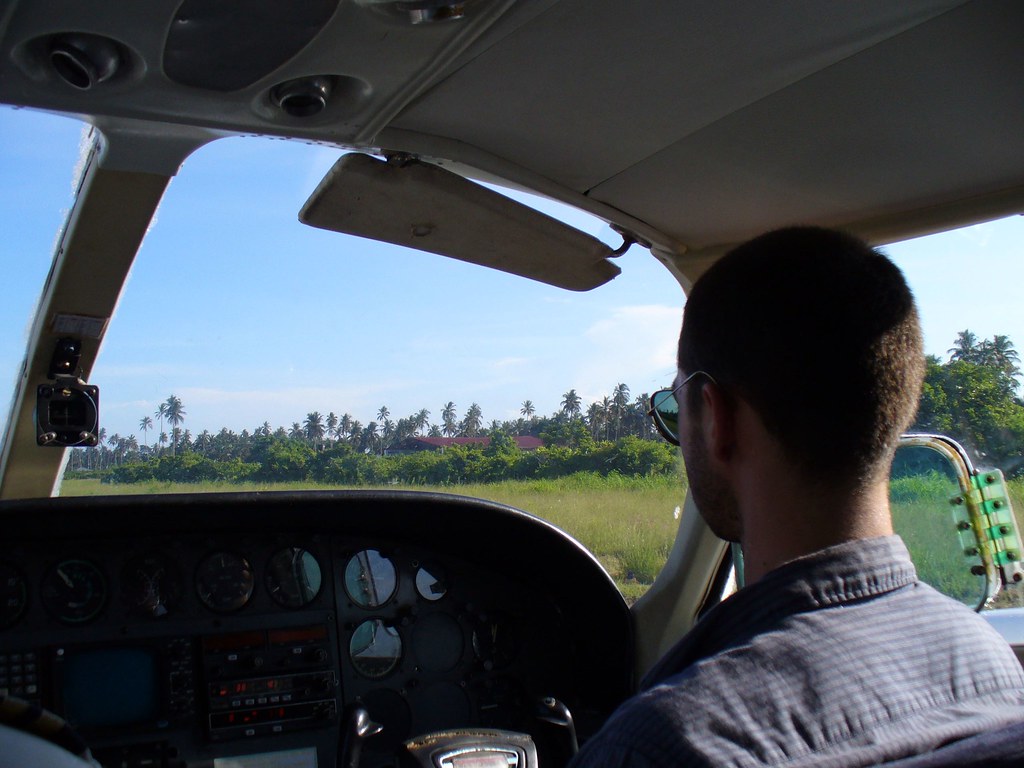
The isolation was no joke either… it takes not one but TWO rickety plane flights to get to the island.
I became particularly good friends with one teacher at the school named Said. Said grew up and lives in a remote village north of the school, and commuted every day more than 10k on ridiculously rugged roads with an old, rusty Vespa. He taught English and Swahili every day both at my teachers college and at a local secondary school. I use past tense because Said was recently accepted to the highly competitive Masters of Linguistics program at the University of Dar es Salaam, and he started his studies this Fall.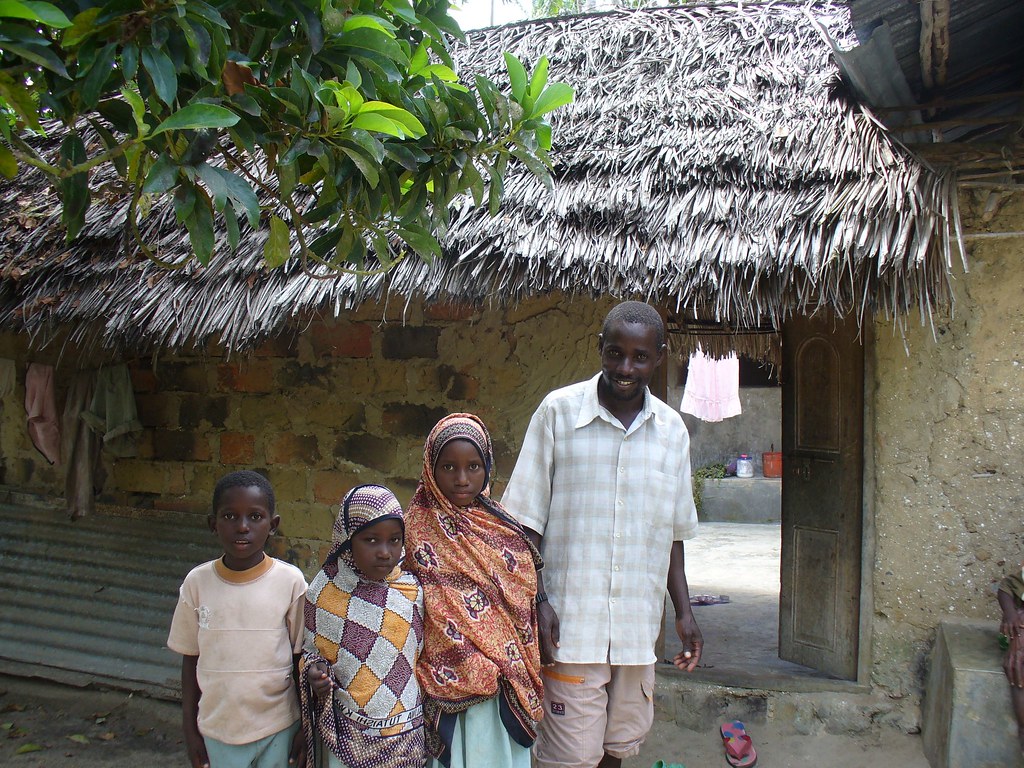
Said and his children at home.
In my last month on Pemba Said was kind enough to invite me and the other volunteers up to his home to meet his family and pet sea turtles. Yes, he has pet sea turtles. He keeps them in a tidal pool on an island near his home. He tends and feeds them, and often brings local primary school students over to teach them respect for endangered species.

We rode these boats to get to the turtle island.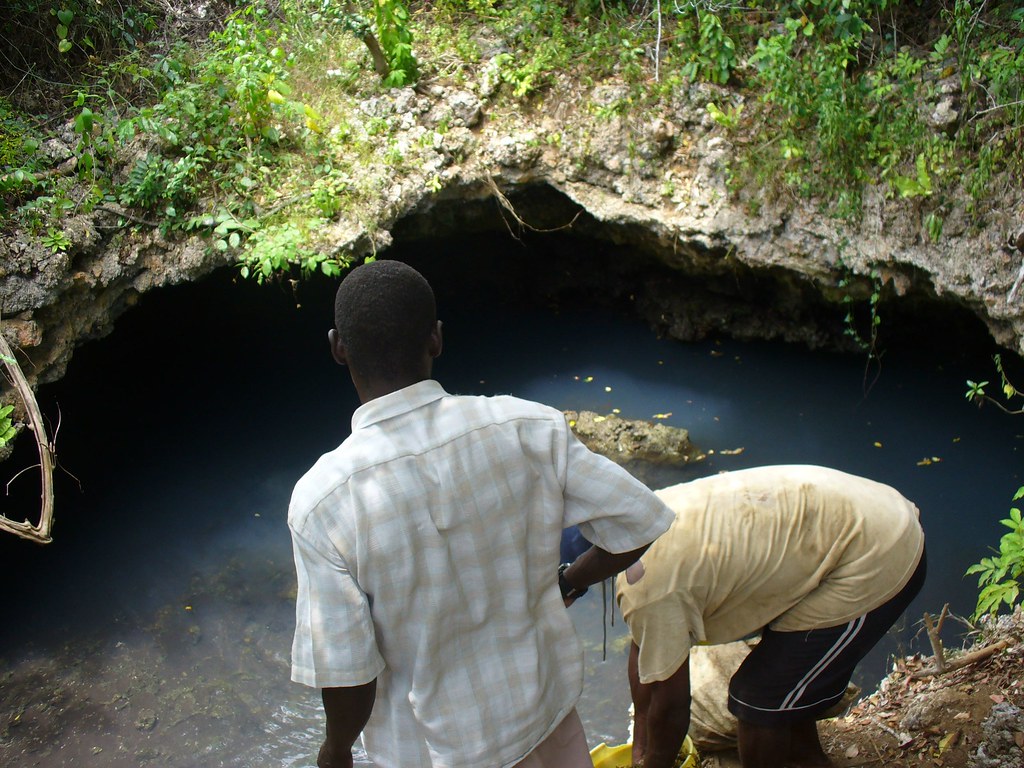
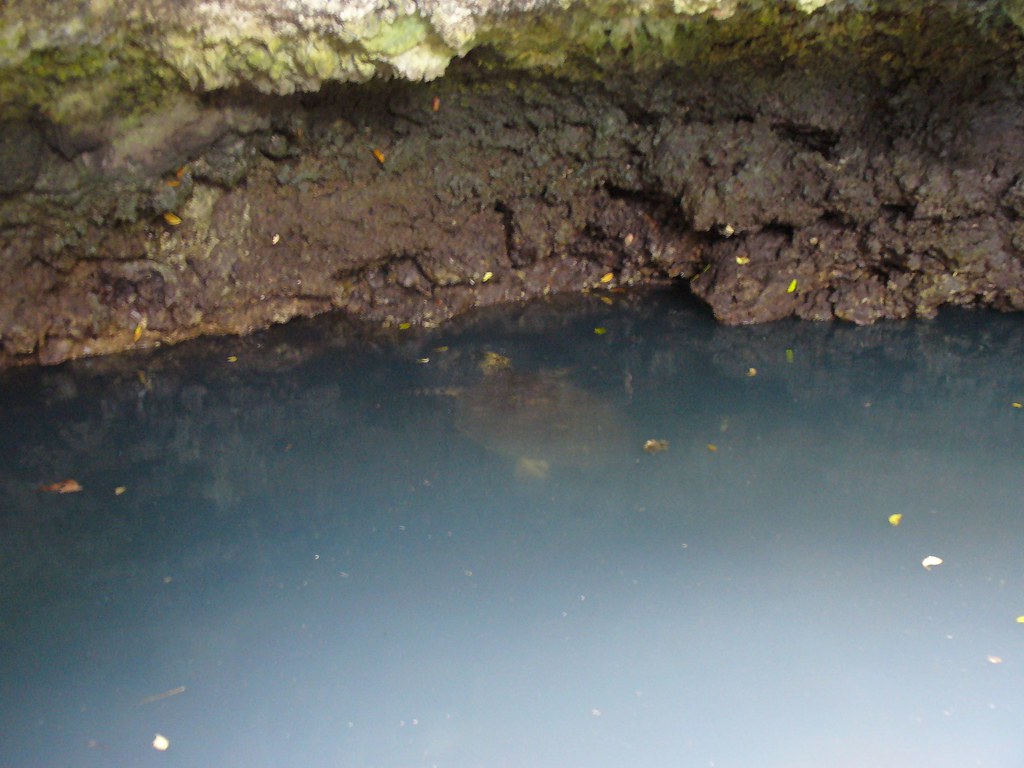
The turtle pool.
Those close to me during my year on Pemba gave me a great sendoff. The volunteers ravenously converged on my home in my final days to pillage the place, and what they didn’t get my friend Ismael and associates took care of.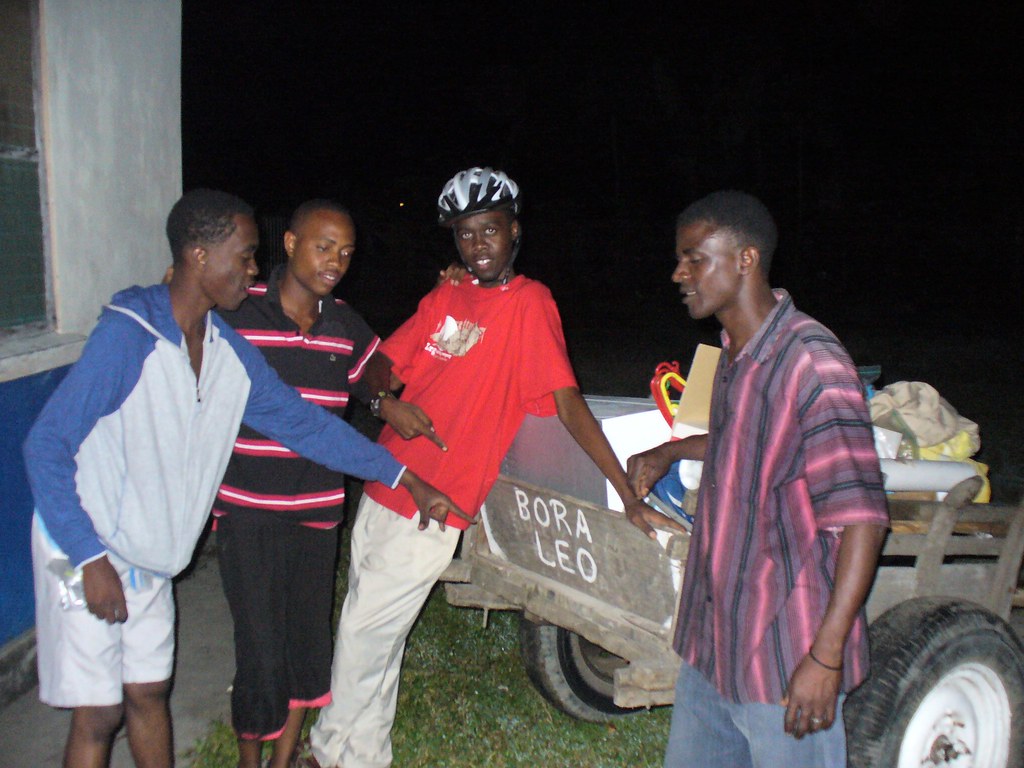
Bora leo means “today is the best.”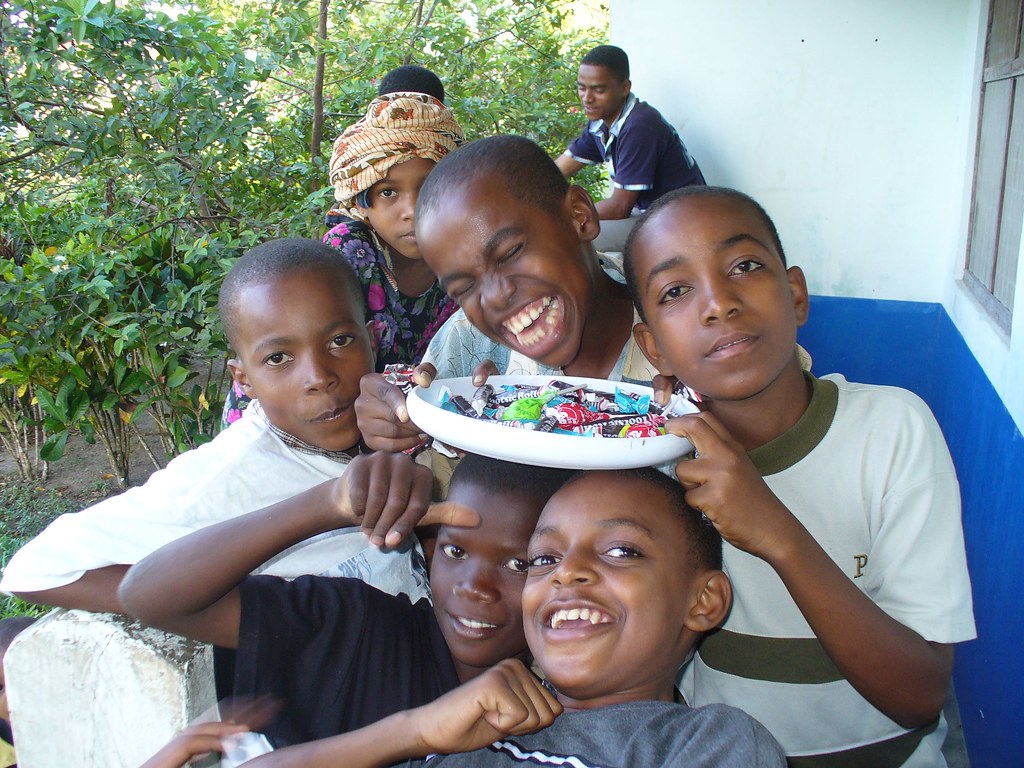
The little kids who spent the last year playing in my front yard were thrilled with their goodbye gifts.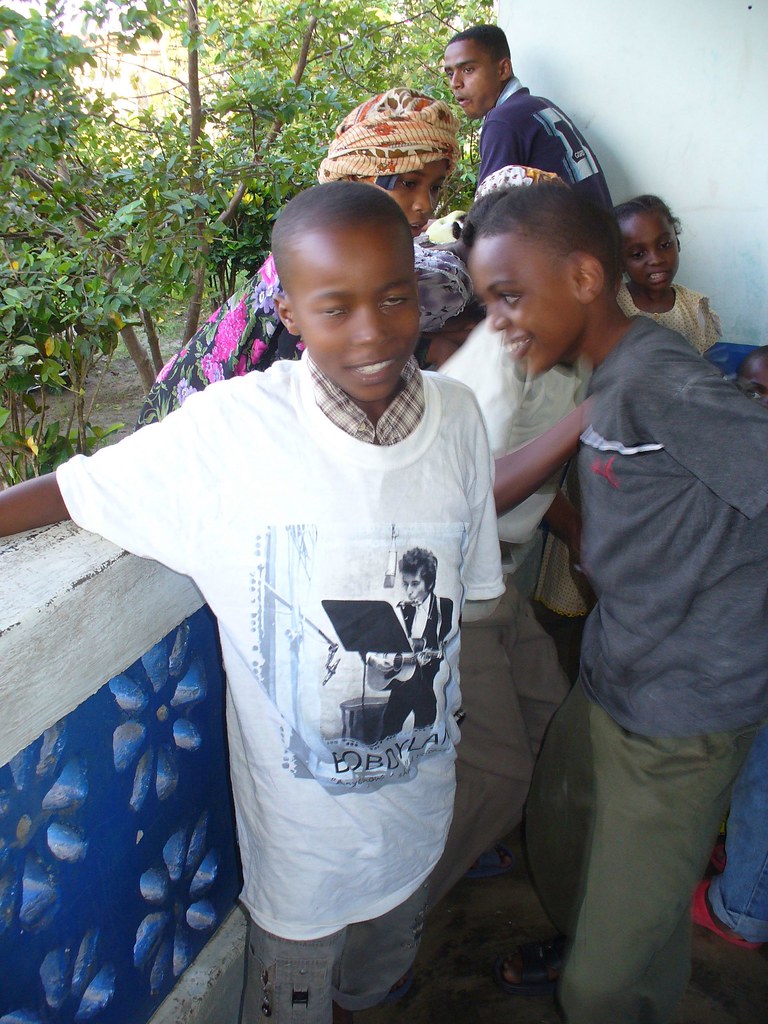
In my first week on Pemba this one boy sat on my front porch singing in a raspy Bob Dylon-esque voice. I jokingly called him Bob Dylan in front of his friends, and overnight his new name in town became Bobi Deelon. I’m pretty sure Bobi Deelon will hate me for the rest of his life. Hopefully I made amends by having my parents mail me this t-shirt to give the guy.
Ismael was by far my best Pemban friend during my year there, and I truly wish him and his family all the best. He, his brother, his cousin, and about a dozen of their friends and family members escorted me to the airport in a friend’s van. I could not have asked for a rowdier entourage.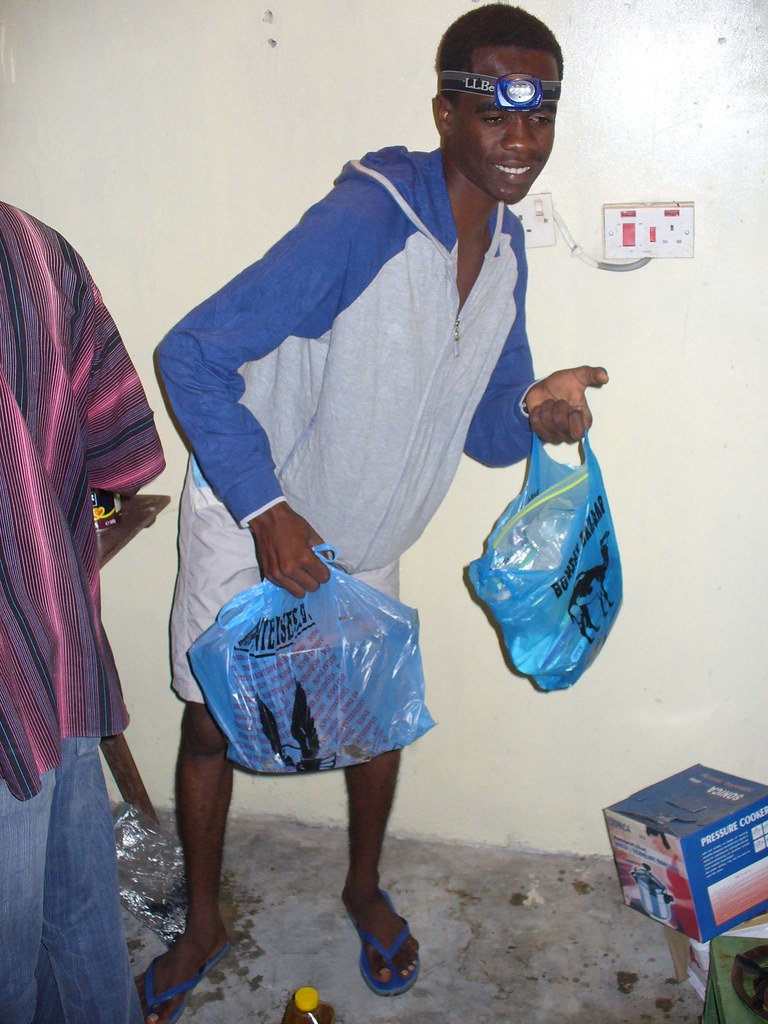
Ismael, as my father nicknamed him: the champion of hot.
Despite the challenges of living on the island, and being forced to make the difficult decision to leave, I am proud of the work I was able to accomplish there. It was very hard saying goodbye, and I really do wish Pemba all the best. My heart goes out the place. Good people working ever so hard to succeed against utterly impossible odds. As I write this in my parents’ cozy home on the beautiful Maine ocean, it’s hard to stop worrying about the friends I’ve left behind, knowing full well the struggles that lie ahead for them. 